Dans le monde des claviers mécaniques , les stabilisateurs jouent un rôle crucial pour une frappe fluide et stable. Ils sont essentiels pour les touches de grande taille comme la barre d'espace, la touche Entrée, la touche Maj et la touche Retour arrière, évitant ainsi les oscillations et améliorant le toucher et le son. Les deux types de stabilisateurs les plus populaires sont les stabilisateurs à visser et les stabilisateurs à plaque. Dans cet article, nous détaillerons les différences, les avantages et les inconvénients de chaque type pour vous aider à choisir celui qui convient le mieux à votre configuration.
Que sont les stabilisateurs à visser ?
Les stabilisateurs à visser sont conçus pour être montés directement sur le circuit imprimé du clavier à l'aide de petites vis. Ils garantissent un maintien sûr et stable, réduisant ainsi les mouvements indésirables ou l'oscillation des touches les plus grandes. Ils sont couramment utilisés dans la fabrication de claviers sur mesure et sont plébiscités par les passionnés pour leur fiabilité et leurs performances accrues.
| Avantages | Inconvénients |
| Offre une meilleure stabilité pour les grandes touches | Nécessite plus d'efforts lors de l'installation |
| Plus résistant aux oscillations des touches | Généralement plus cher que les stabilisateurs à montage sur plaque |
| Personnalisable et facilement modifiable | Non compatible avec toutes les versions de clavier (nécessite une compatibilité PCB) |
Que sont les stabilisateurs à montage sur plaque ?
Le stabilisateur de plaque se fixe à la plaque de positionnement du clavier à l'aide de la boucle située au-dessus. Facile à démonter, il est largement utilisé et souvent utilisé sur les claviers mécaniques de série. Il est fixé par la plaque de positionnement. Contrairement au stabilisateur de circuit imprimé , pour un réglage ultérieur, il suffit de retirer le stabilisateur correspondant à la position de touche correspondante, ce qui est pratique. L'inconvénient est que, en raison de la position irrégulière des trous de la plaque de positionnement, le serrage peut varier.
| Avantages | Inconvénients |
| Plus facile et plus rapide à installer | Plus sujet aux tremblements et aux cliquetis des touches |
| Compatible avec la plupart des claviers pré-construits et produits en série | Plus difficile à modifier ou à régler pour des performances optimales |
| Généralement plus abordable | Moins stable et durable dans le temps par rapport aux stabilisateurs à visser |
Principales différences entre les stabilisateurs à visser et à montage sur plaque
| Fonctionnalité | Stabilisateurs à visser | Stabilisateurs à montage sur plaque |
| Processus d'installation | Monté directement sur le PCB avec des vis | Monté sur la plaque du clavier |
| Stabilité | Plus stable, réduit considérablement le tremblement des touches | Moins stable, plus sujet aux oscillations des touches |
| Son et hochet | Moins de cliquetis, un son plus doux avec des mods | Plus susceptible de vibrer, nécessite plus d'efforts pour régler |
| Flexibilité du modding | Plus facile à modifier (lubrification, clipping, modifications de pansement) | Plus difficile à modérer efficacement |
| Durabilité | Plus durable, plus résistant dans le temps | Peut s'user plus rapidement |
| Prix | Généralement plus cher | Plus abordable, on le trouve généralement dans les claviers pré-construits |
Apprenez-en plus grâce à ce guide sur les stabilisateurs de clavier .
Lequel choisir ?
Pour les utilisateurs personnels
Utilisateurs ordinaires : Il est recommandé de choisir des stabilisateurs à montage plat car ils sont faciles à installer et à entretenir et adaptés à un usage quotidien.
Les utilisateurs ayant des besoins spécifiques, tels que les joueurs ou les programmeurs, peuvent envisager des stabilisateurs à visser pour une sensation plus stable et de meilleures performances.
Pour les utilisateurs professionnels
Amateurs de clavier et professionnels : il est recommandé de choisir des stabilisateurs à visser pour répondre aux besoins de personnalisation haut de gamme et rechercher l'expérience utilisateur ultime.
Clavier personnalisé haut de gamme : les stabilisateurs à visser sont plus adaptés aux claviers personnalisés haut de gamme car ils peuvent fournir un espace de réglage et d'optimisation plus précis.
Conclusion
Les stabilisateurs à visser et à plaque présentent tous deux leurs avantages et leurs inconvénients. Pour ceux qui recherchent un niveau de performance, de stabilité et de personnalisation optimal, les stabilisateurs à visser constituent le choix idéal. En revanche, si vous êtes un utilisateur occasionnel ou que vous travaillez avec un clavier pré-assemblé, les stabilisateurs à plaque constituent une option plus simple et plus abordable.
En fin de compte, votre choix doit dépendre de vos besoins spécifiques, que vous souhaitiez créer un clavier personnalisé haut de gamme ou que vous recherchiez quelque chose de simple et fonctionnel.


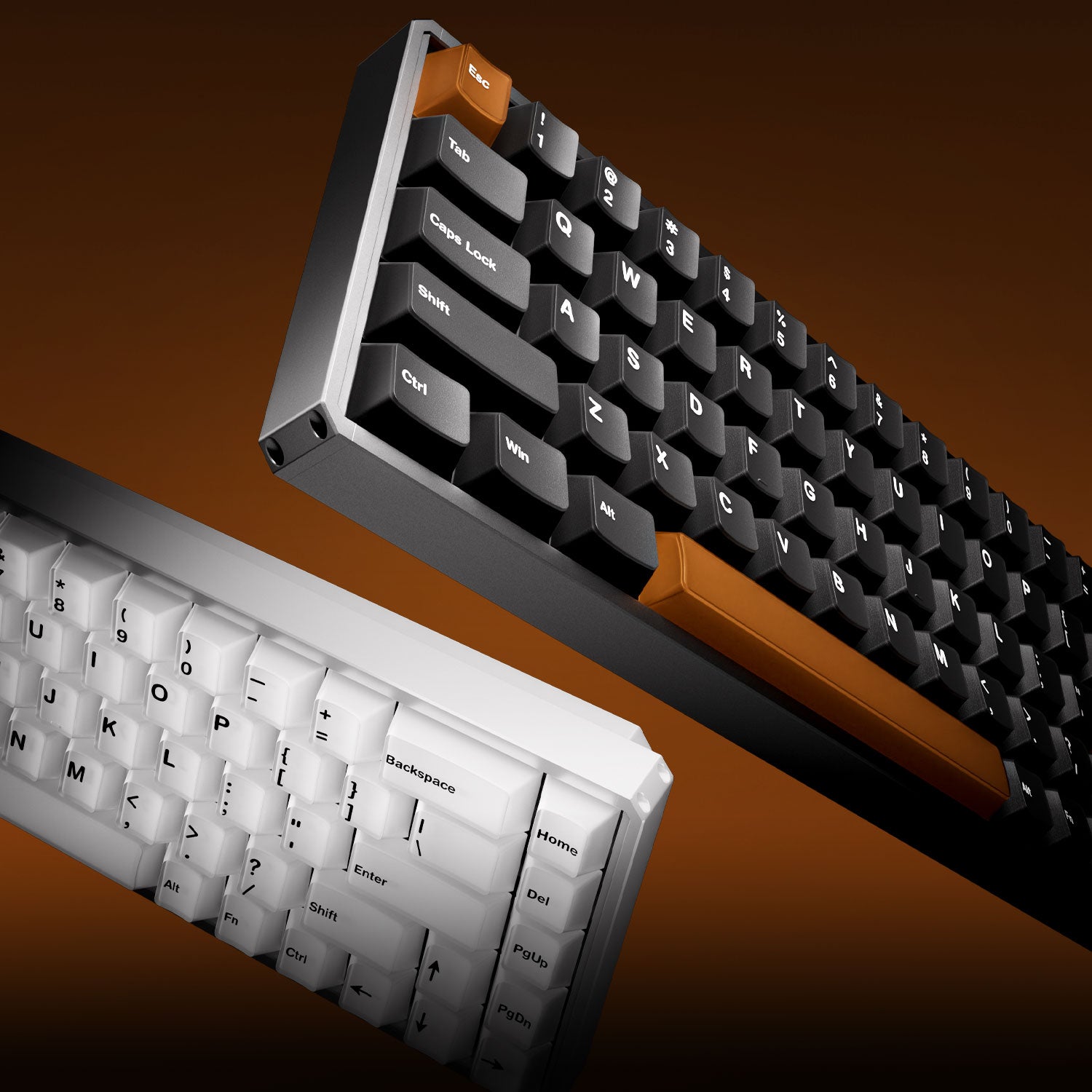
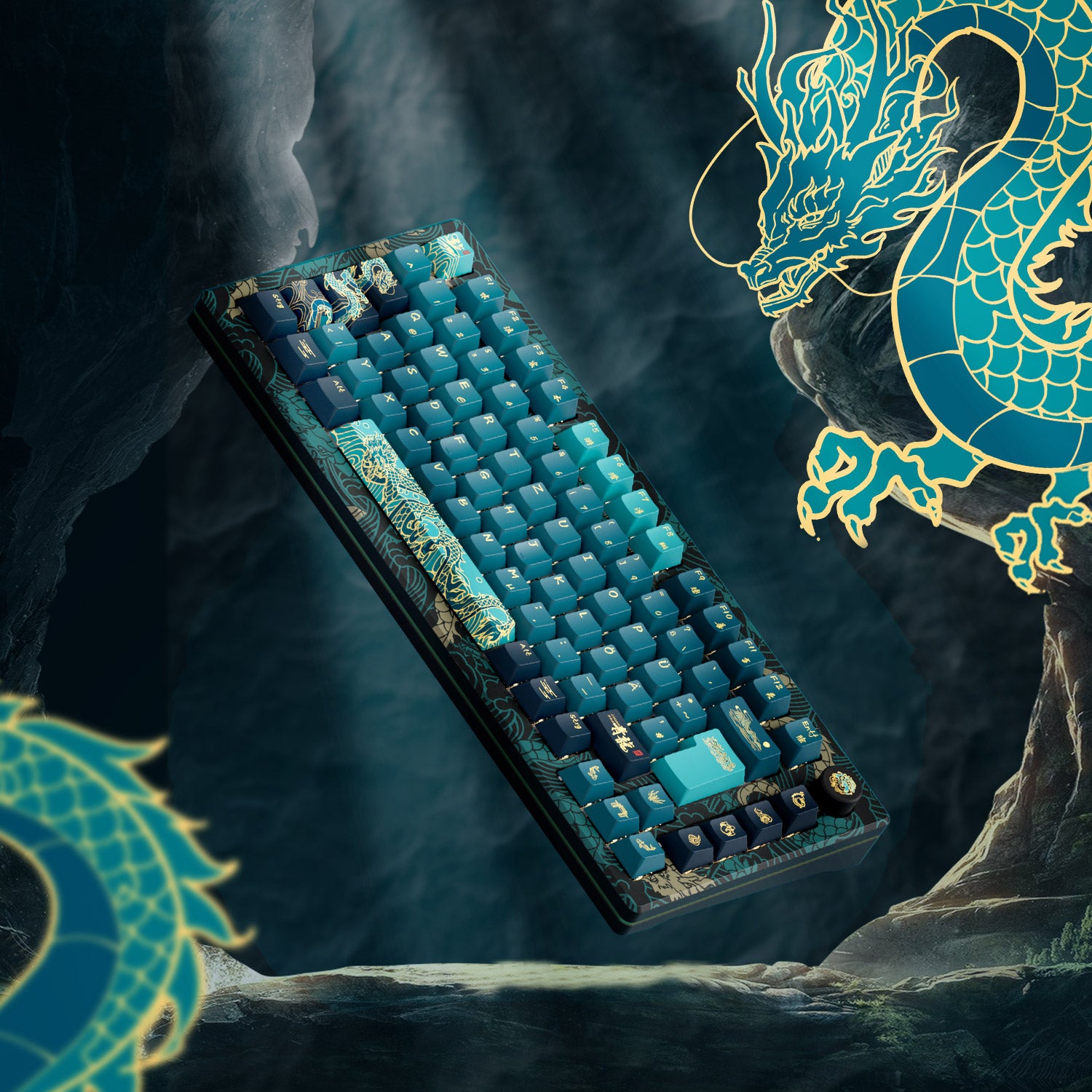
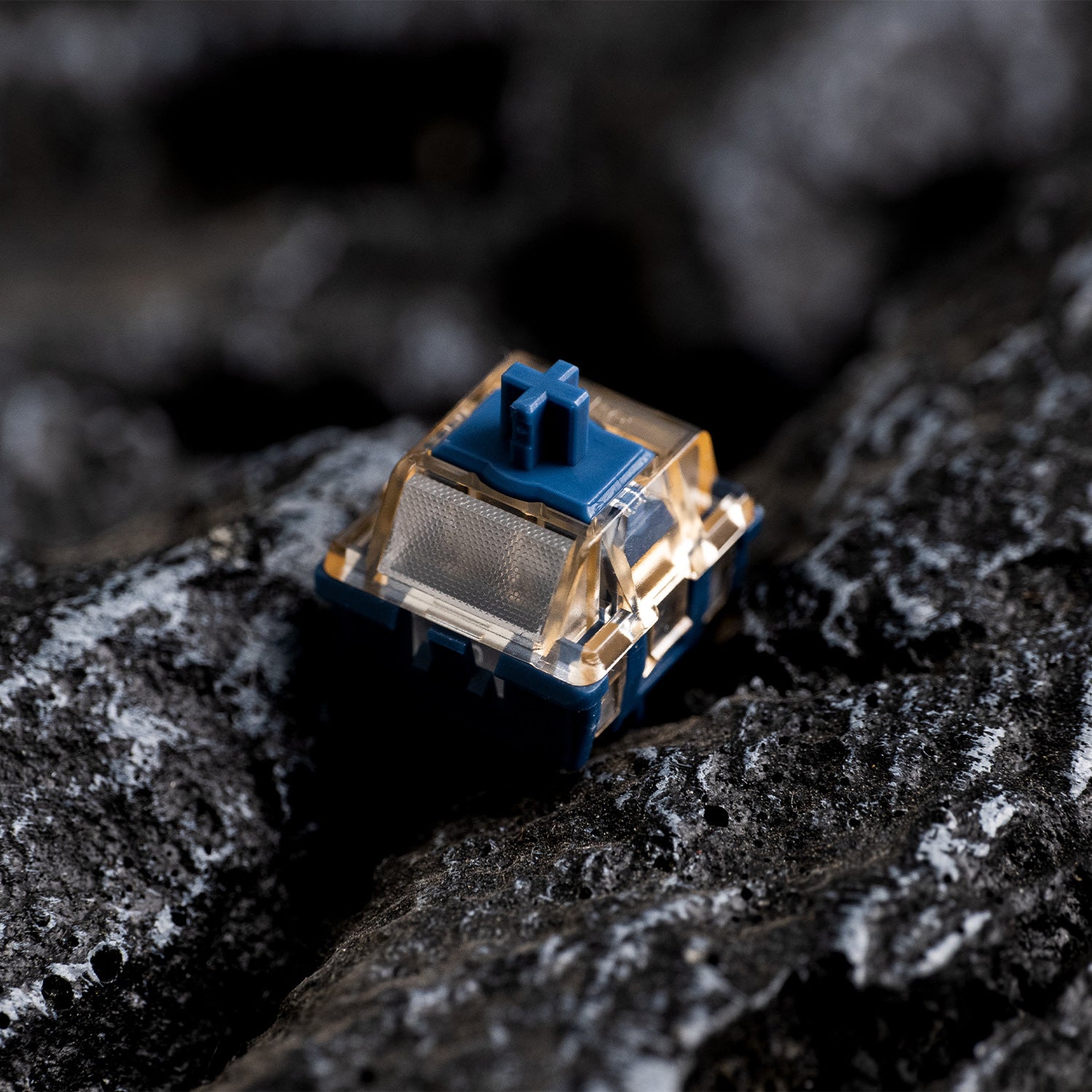
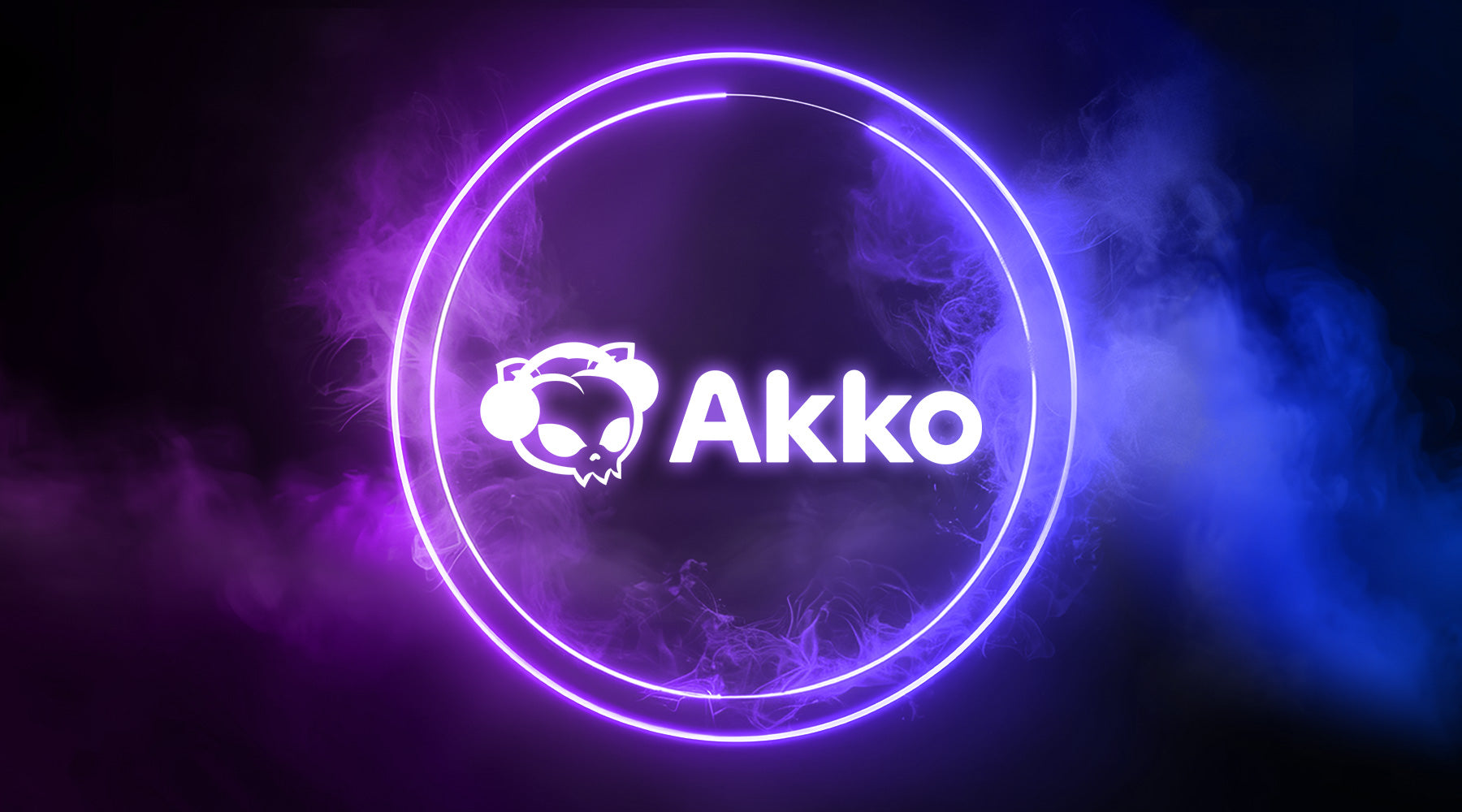
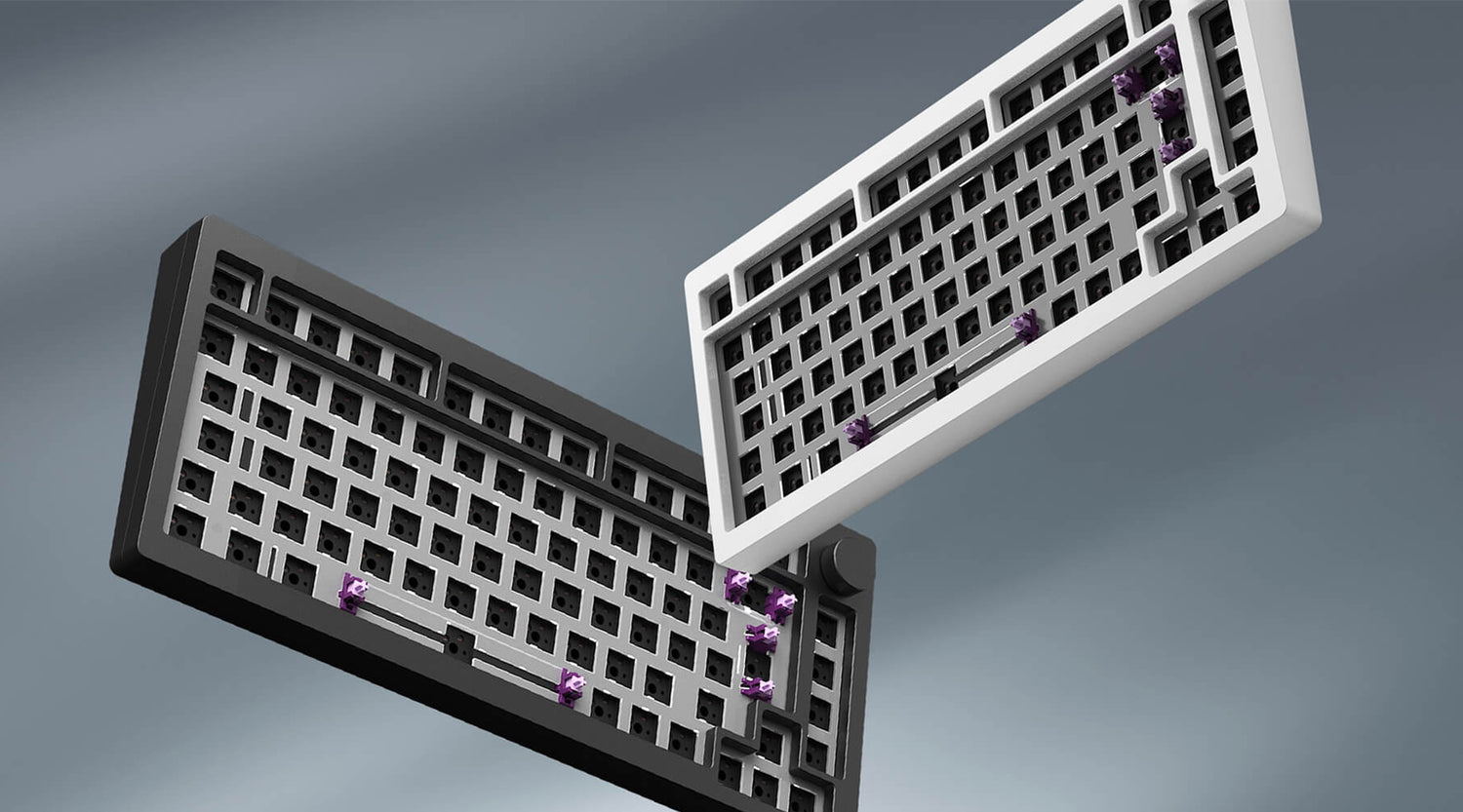

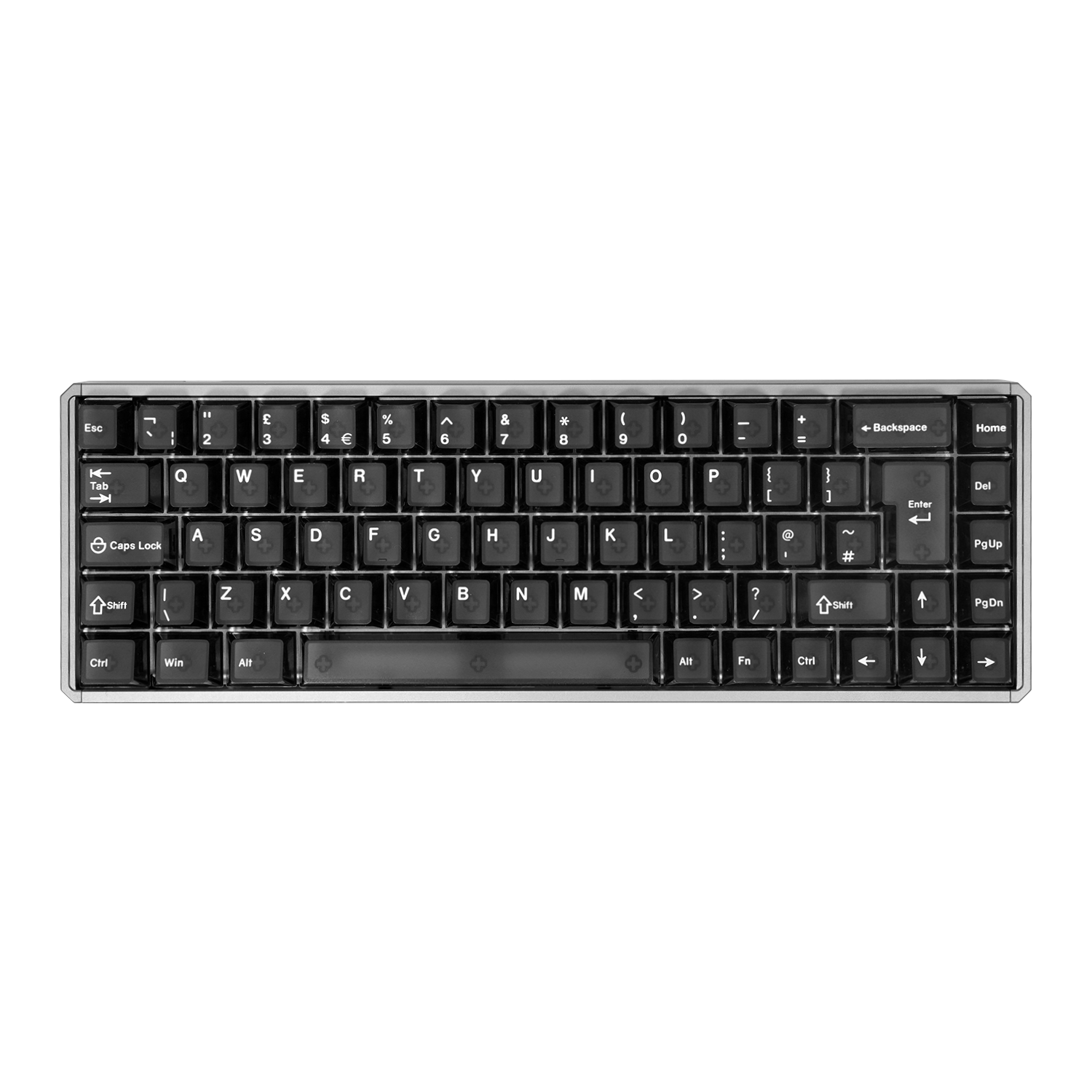
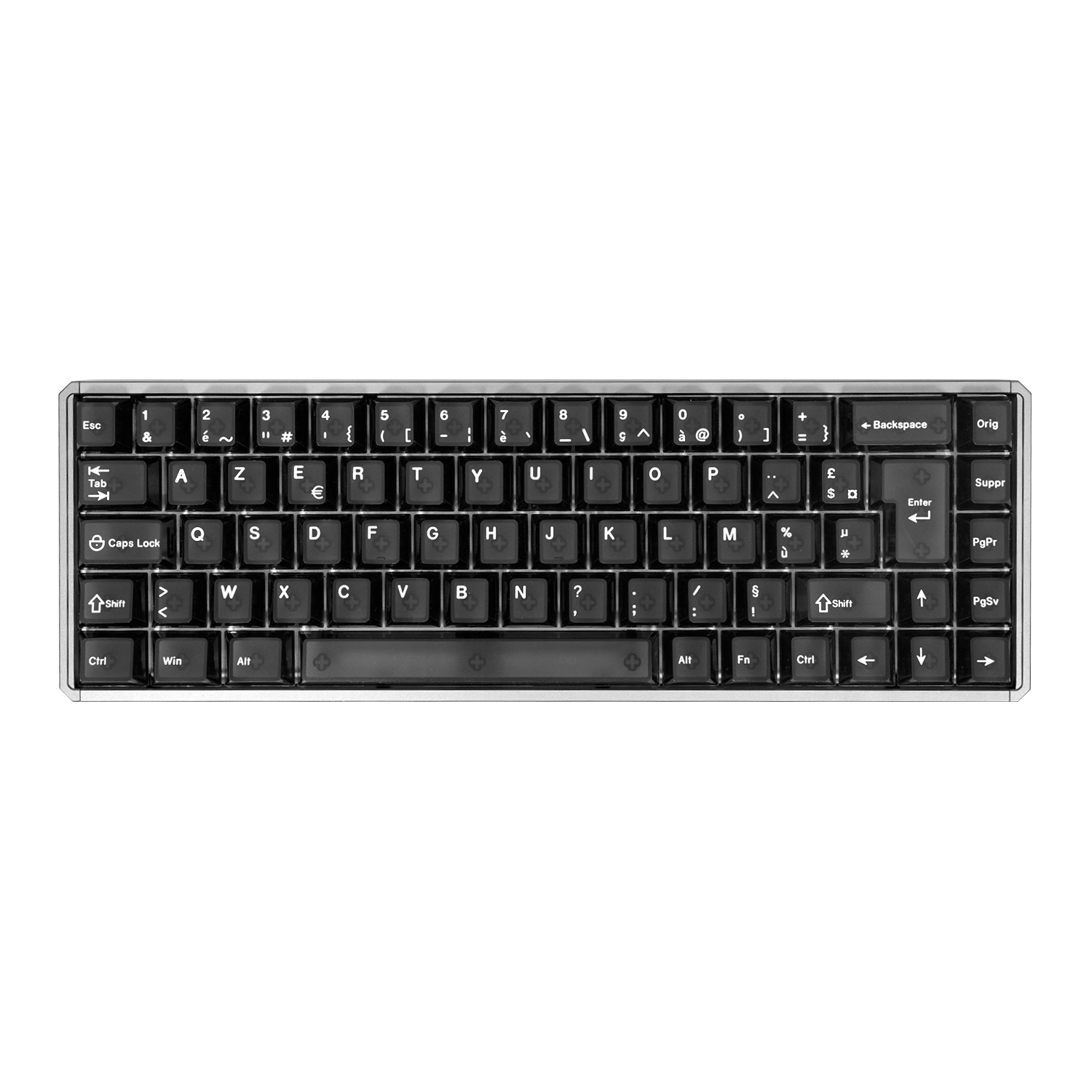
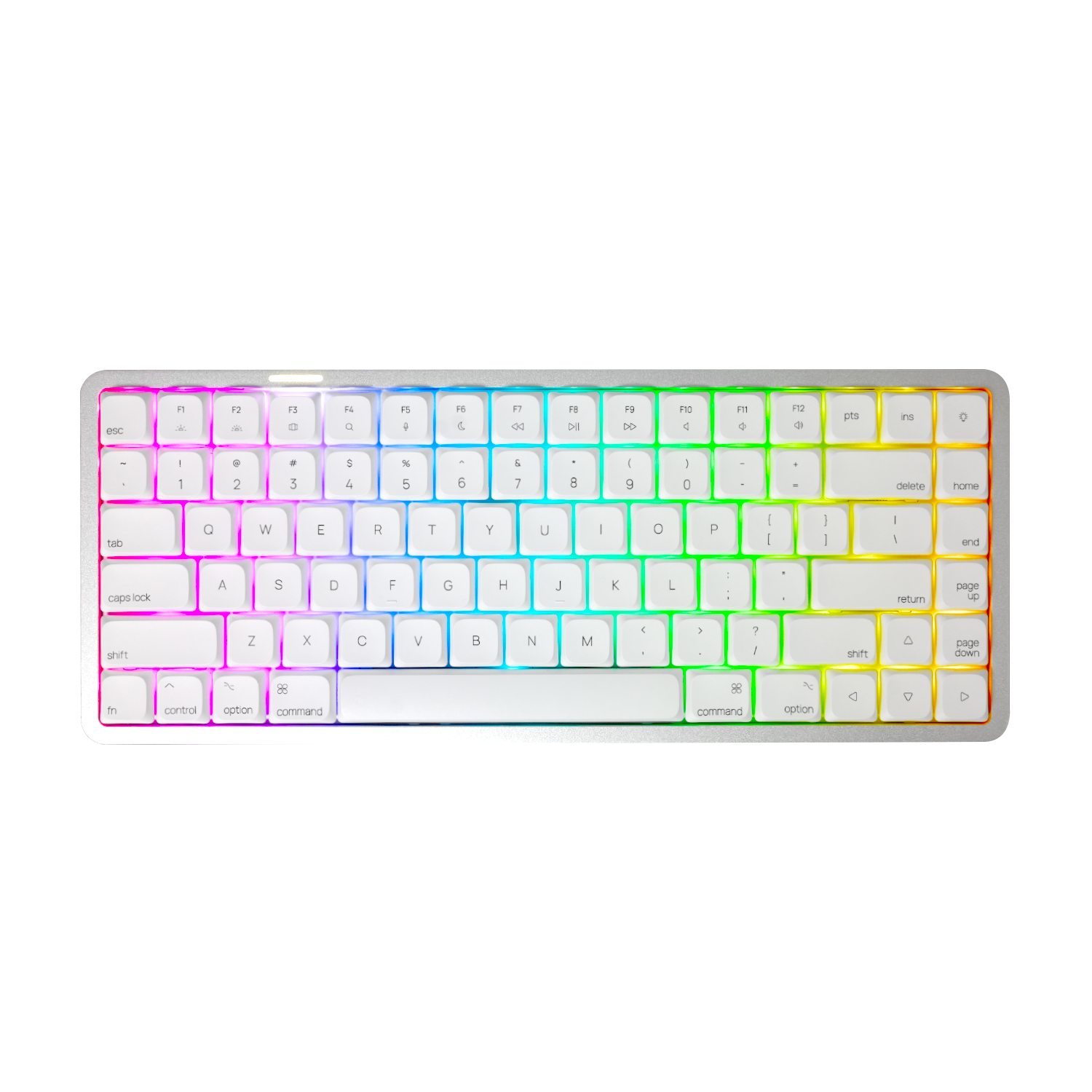
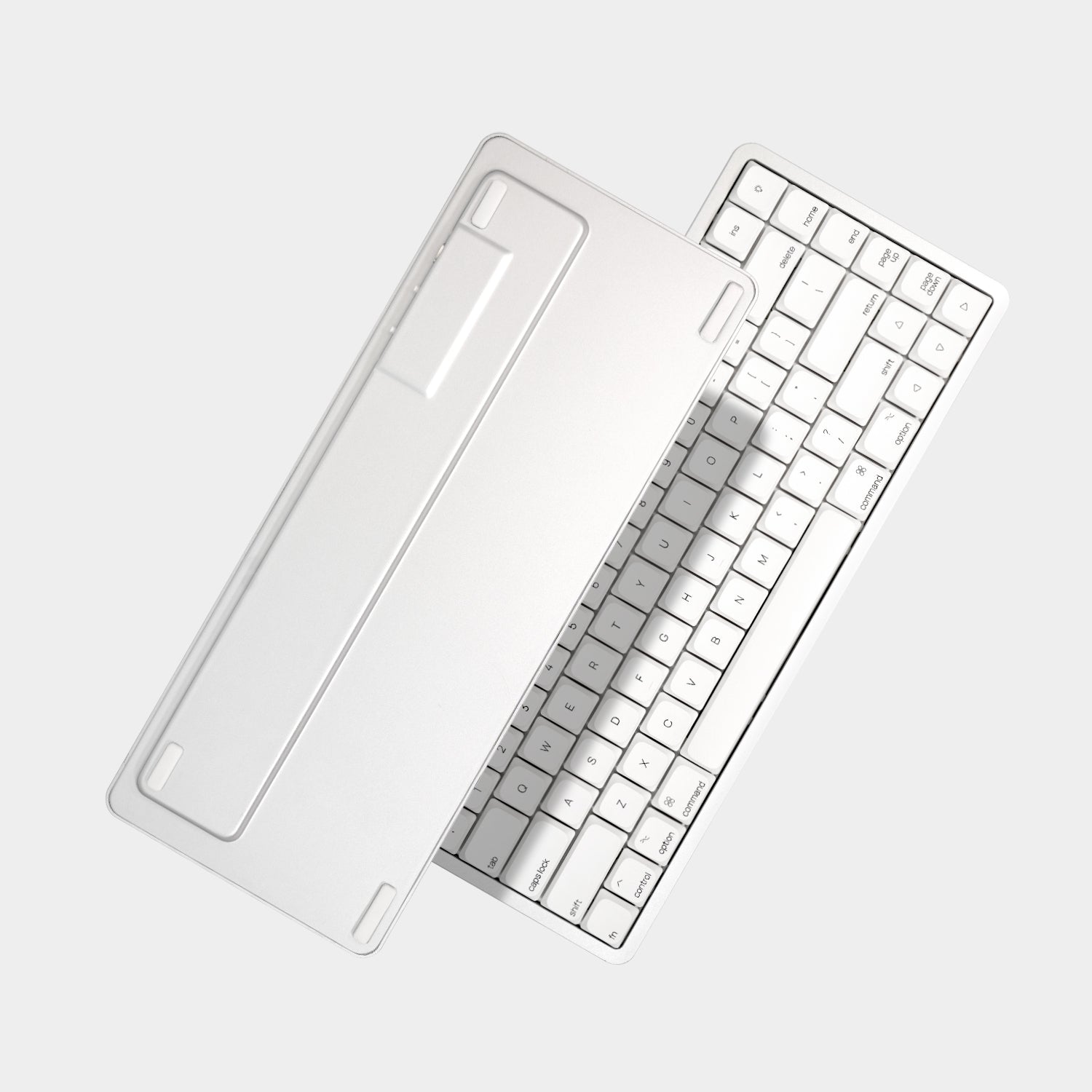
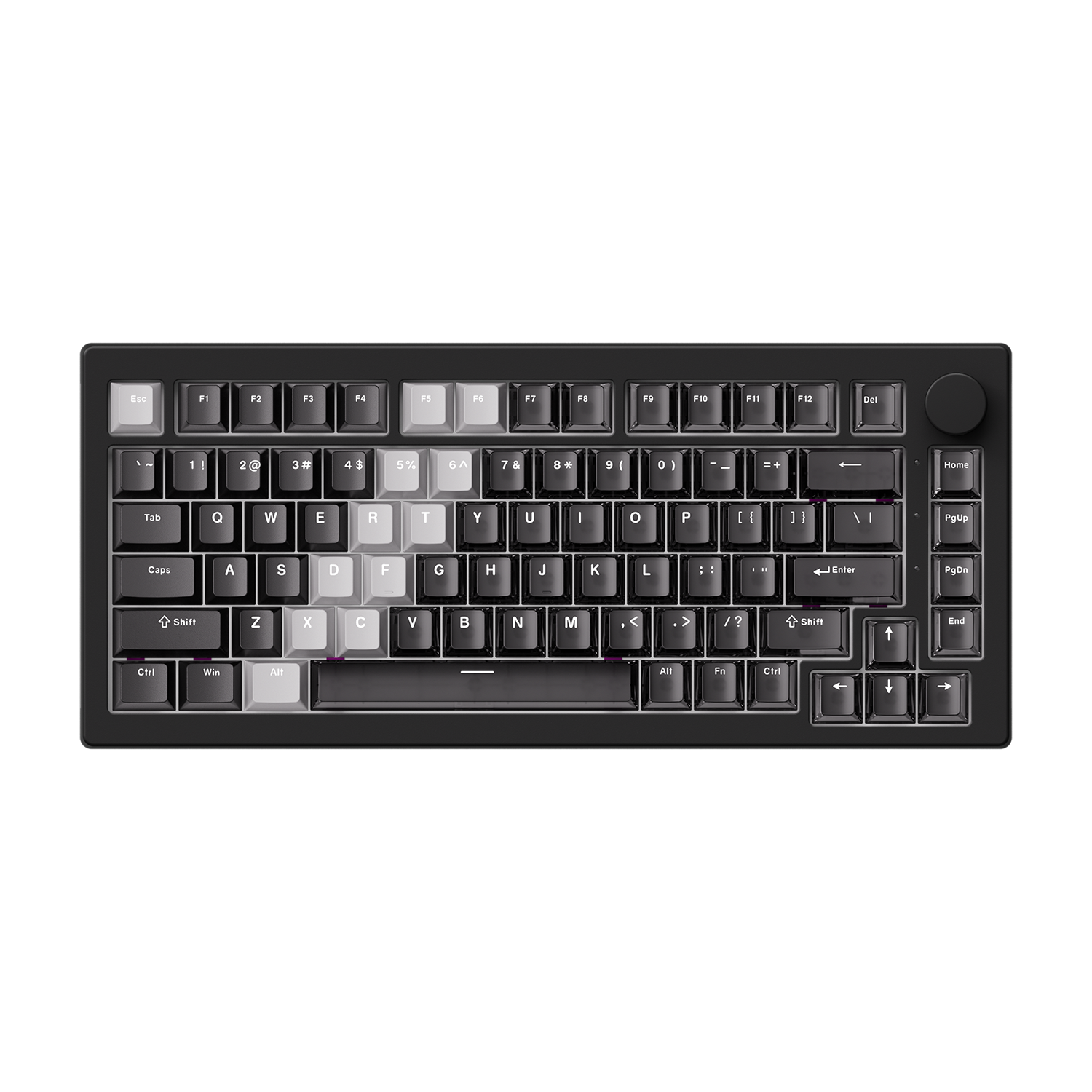
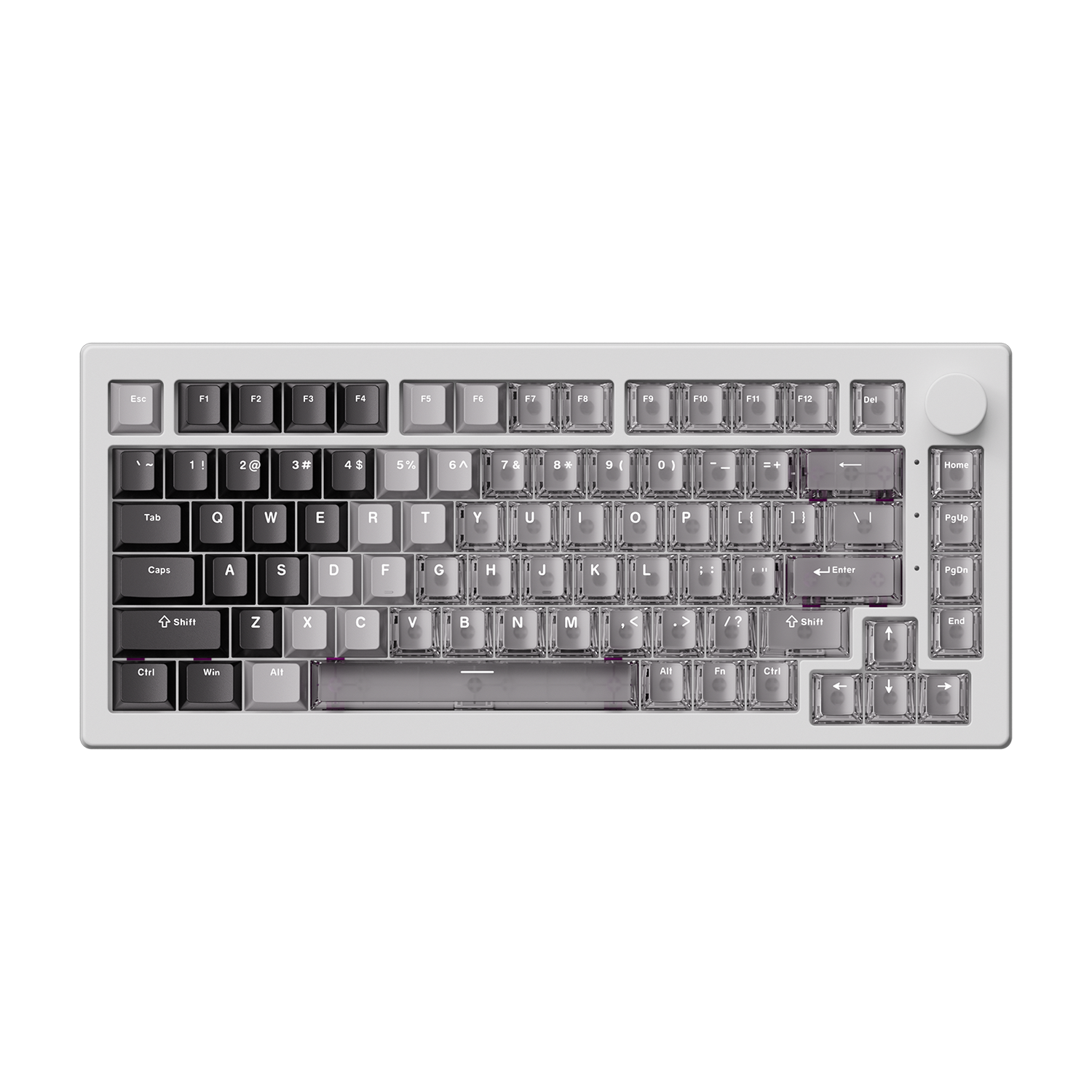
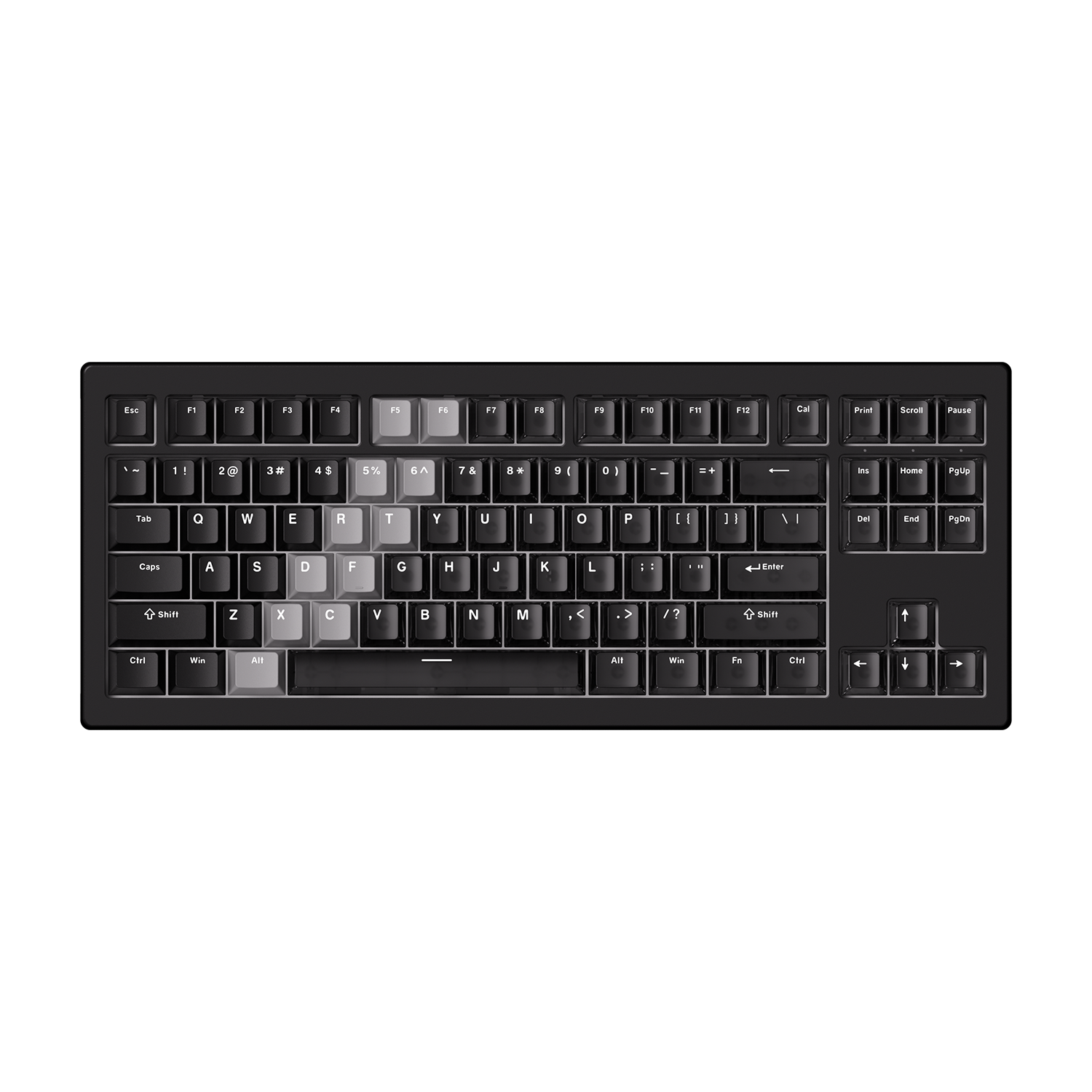
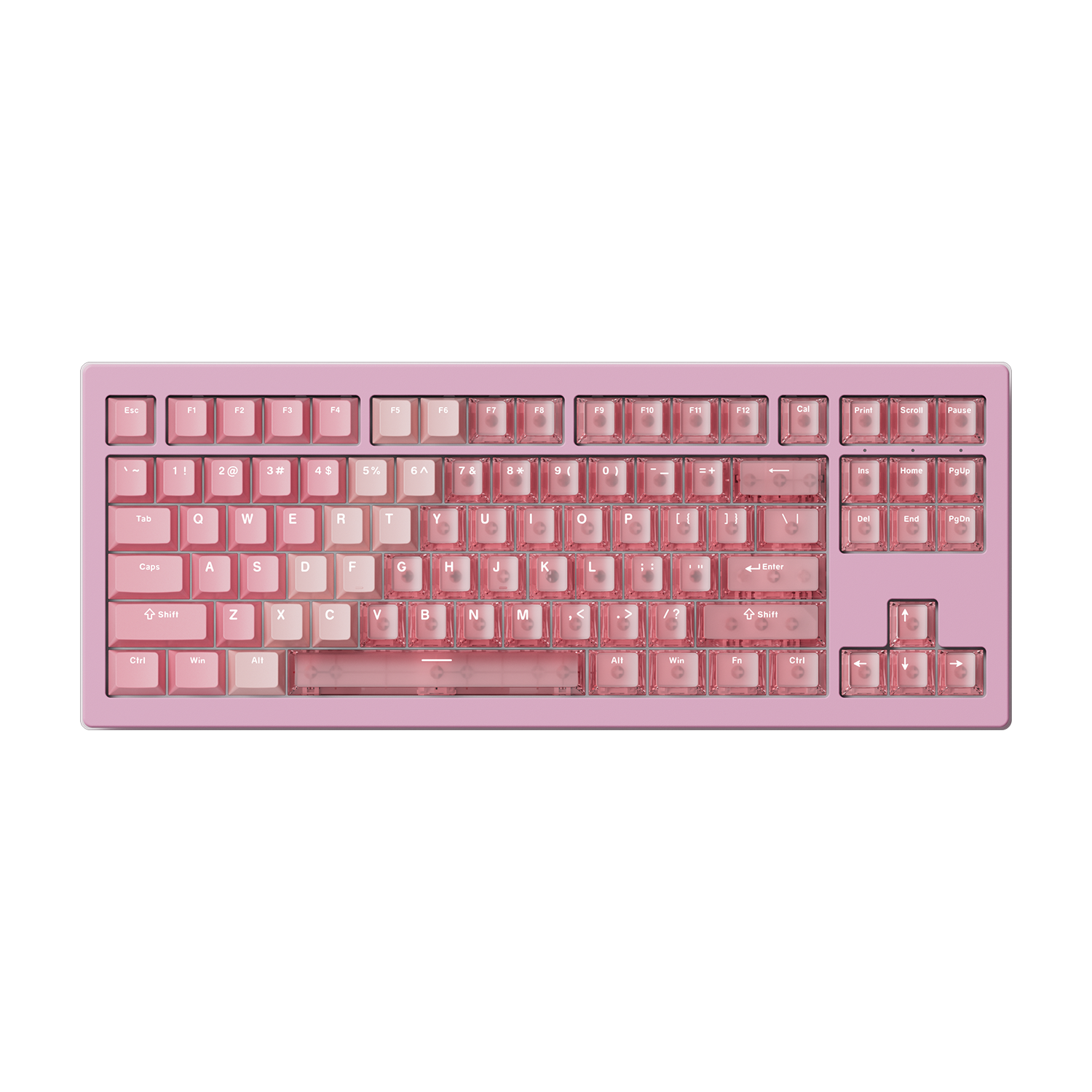
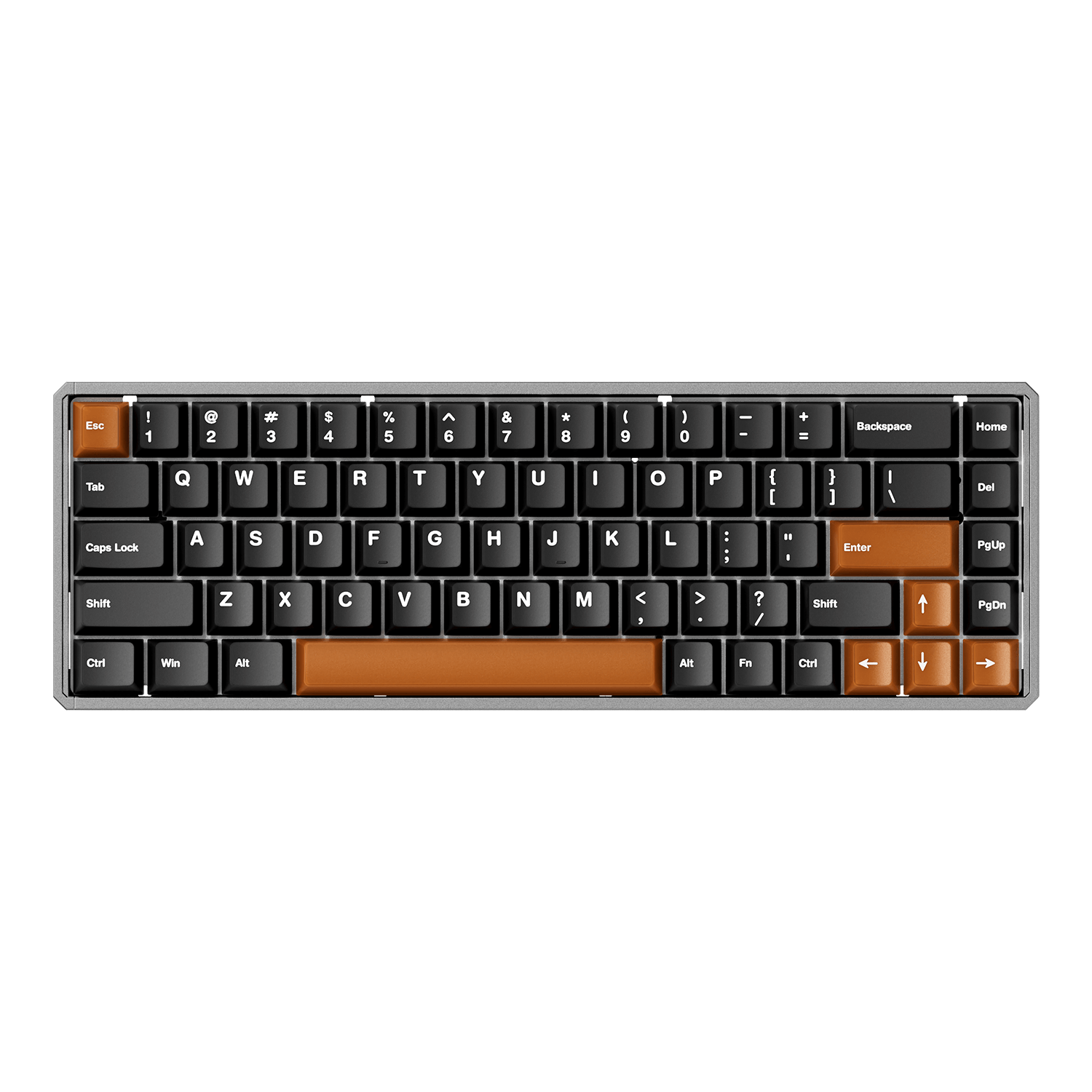
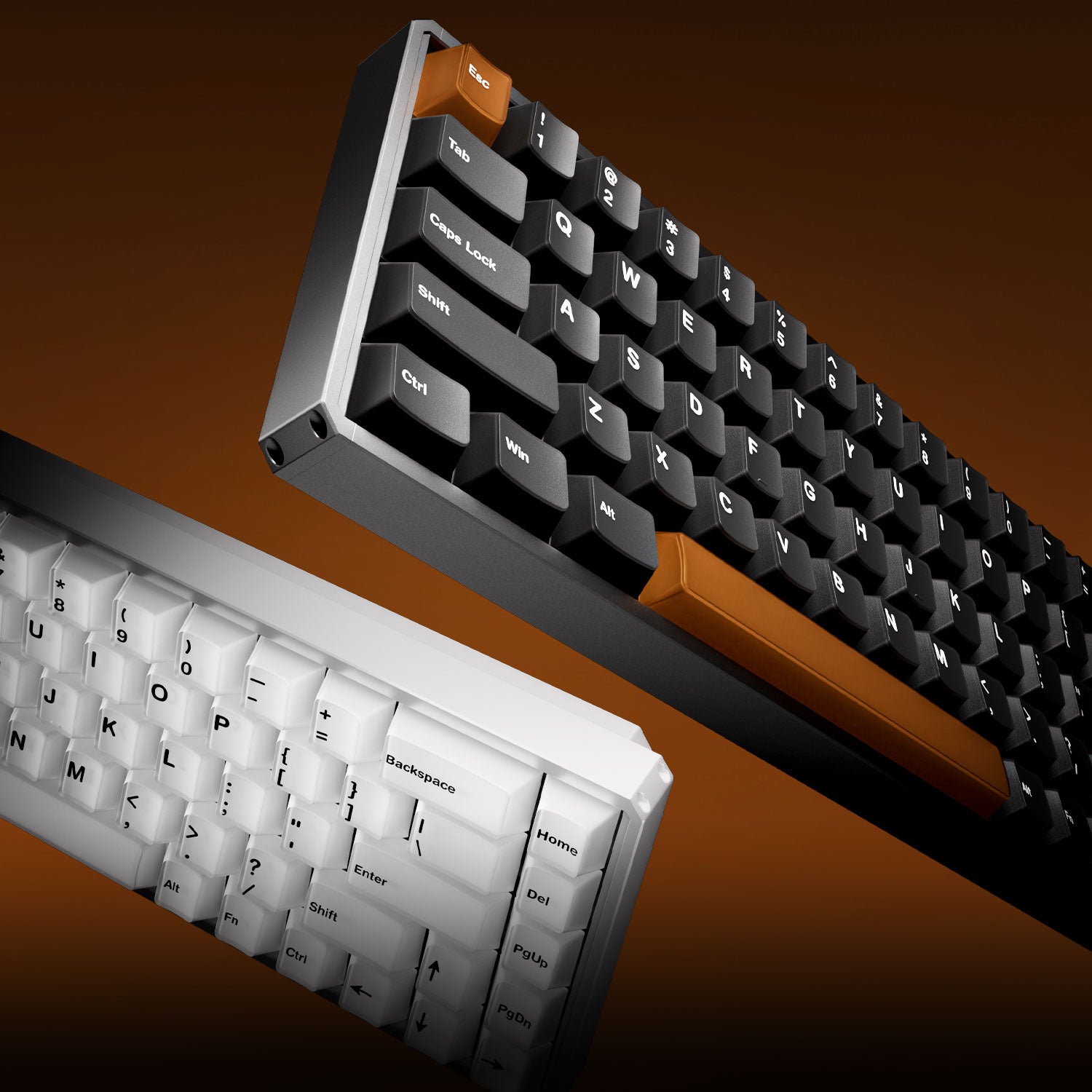
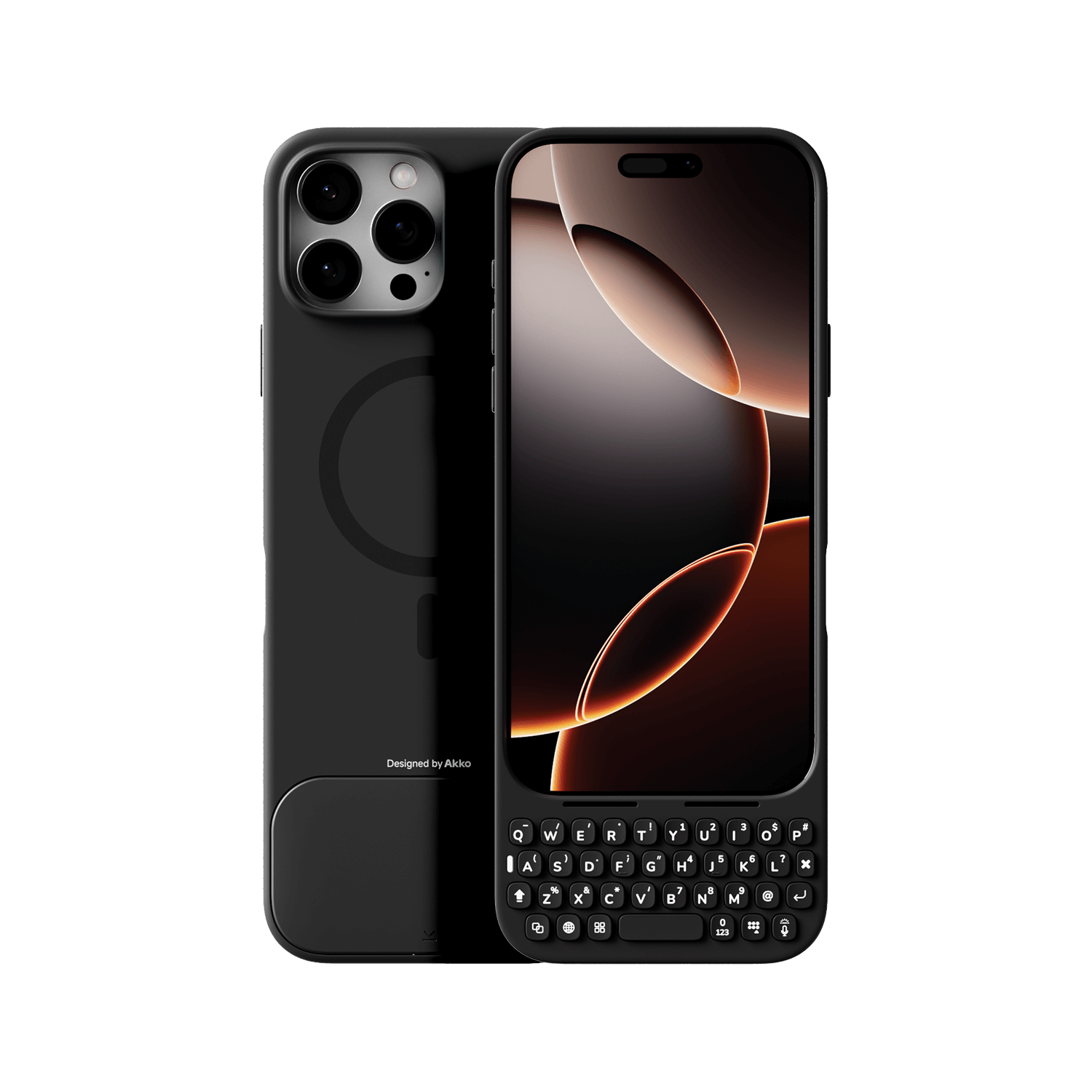
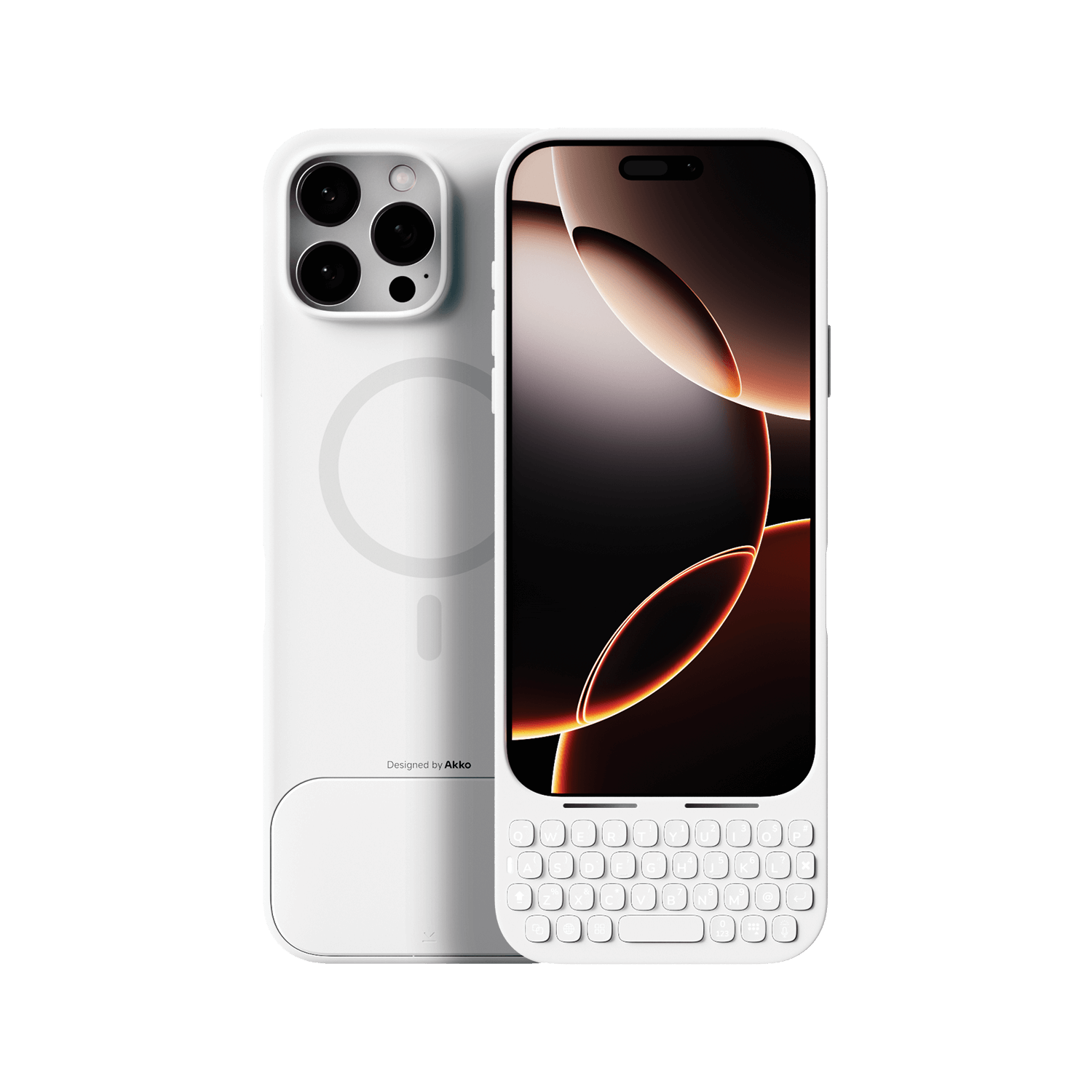
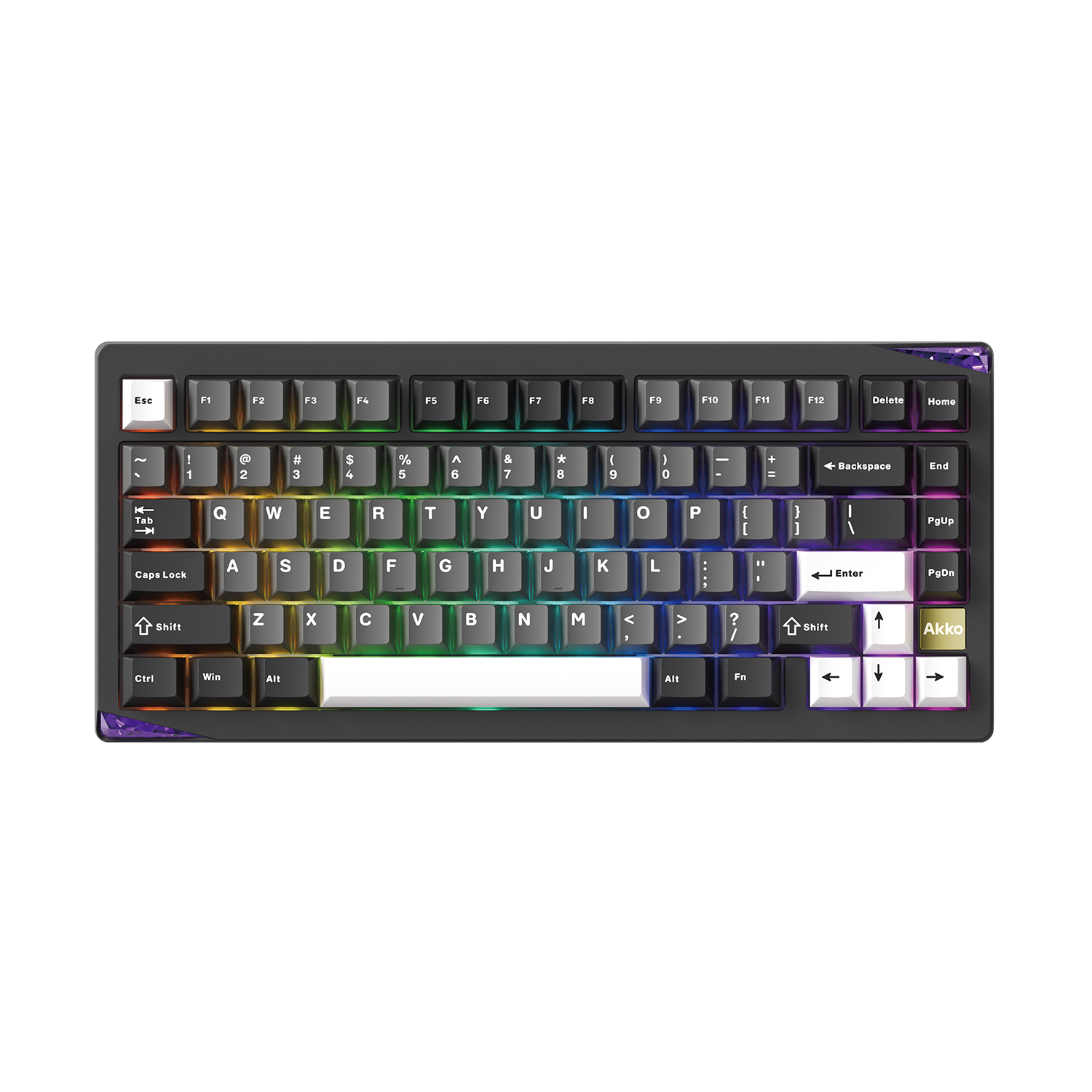
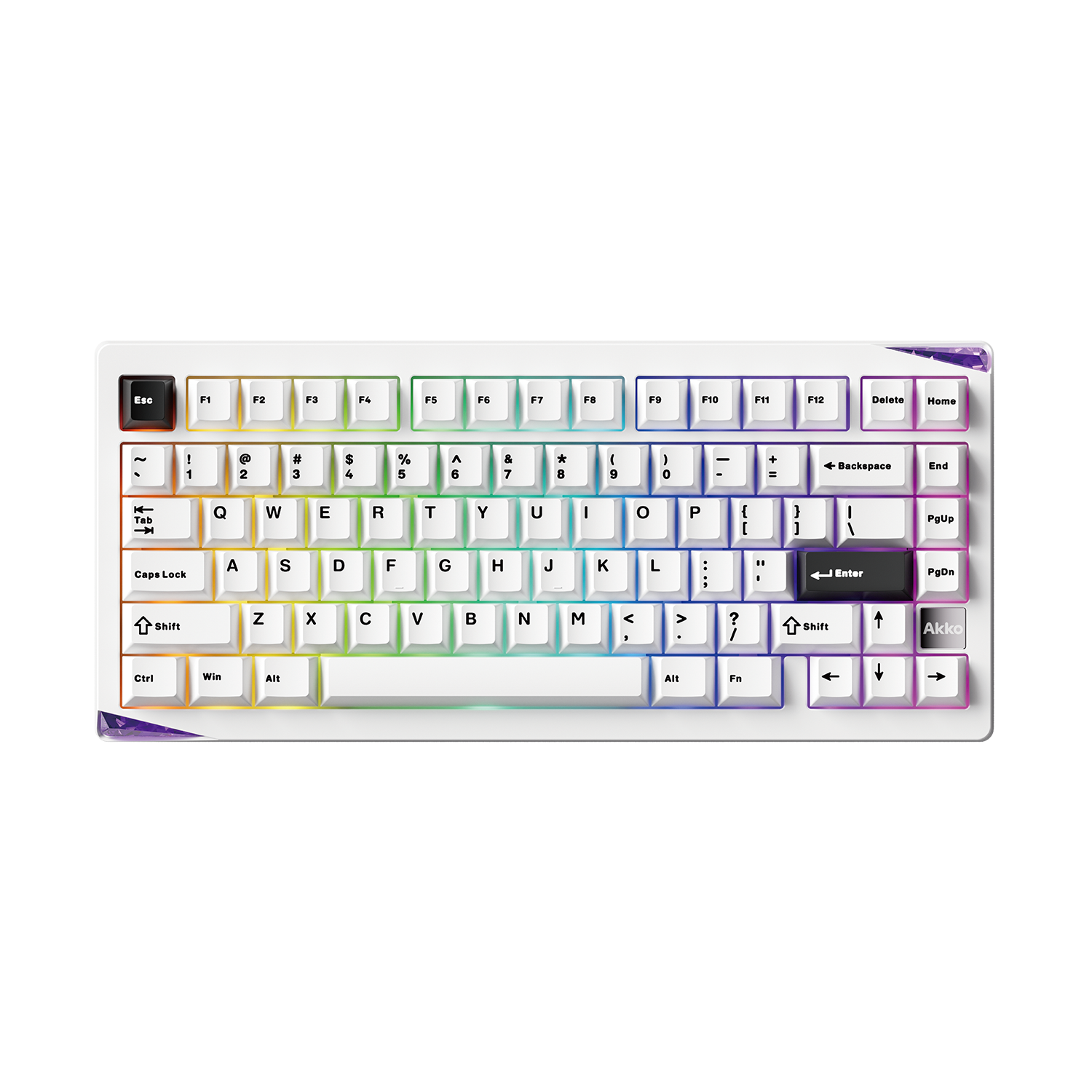
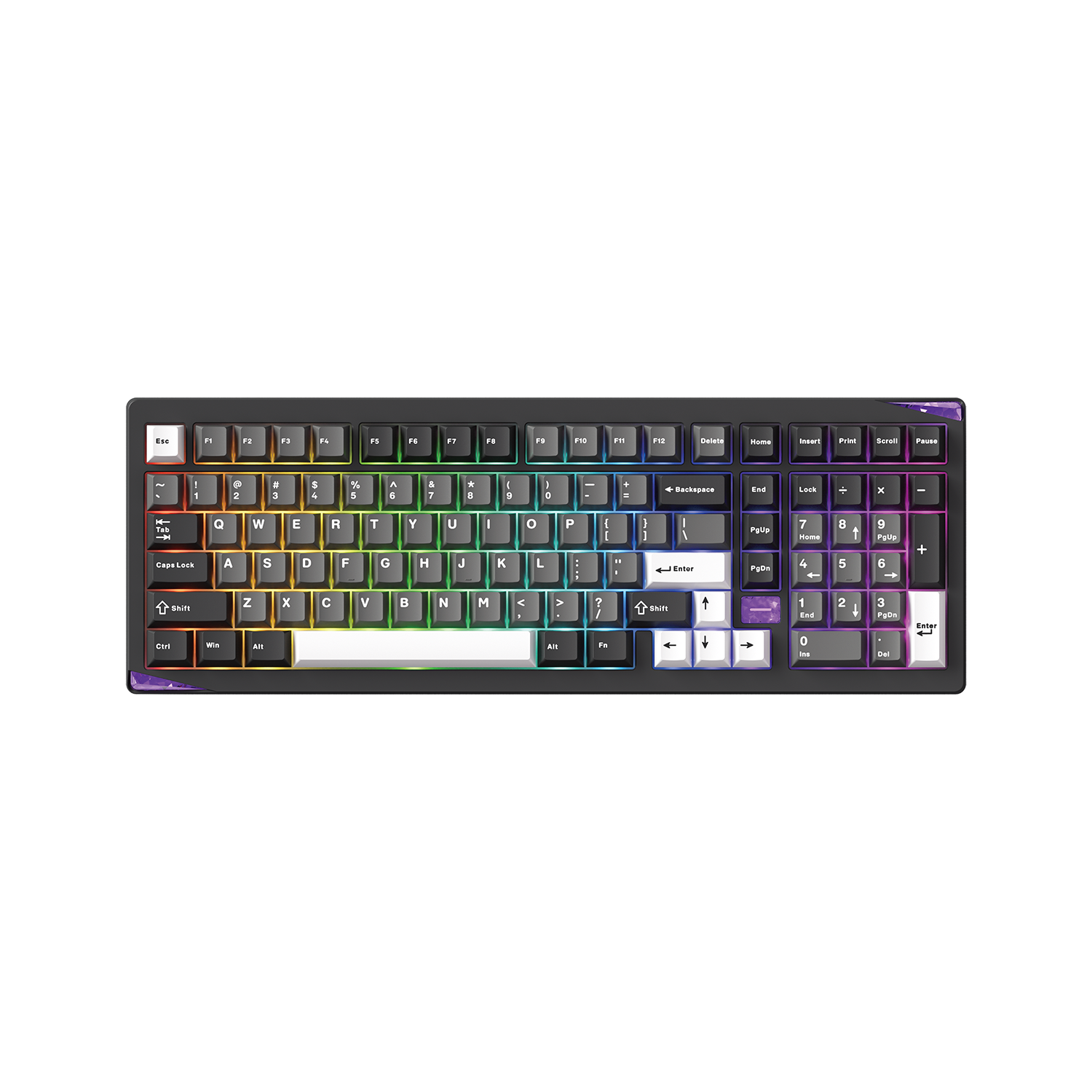
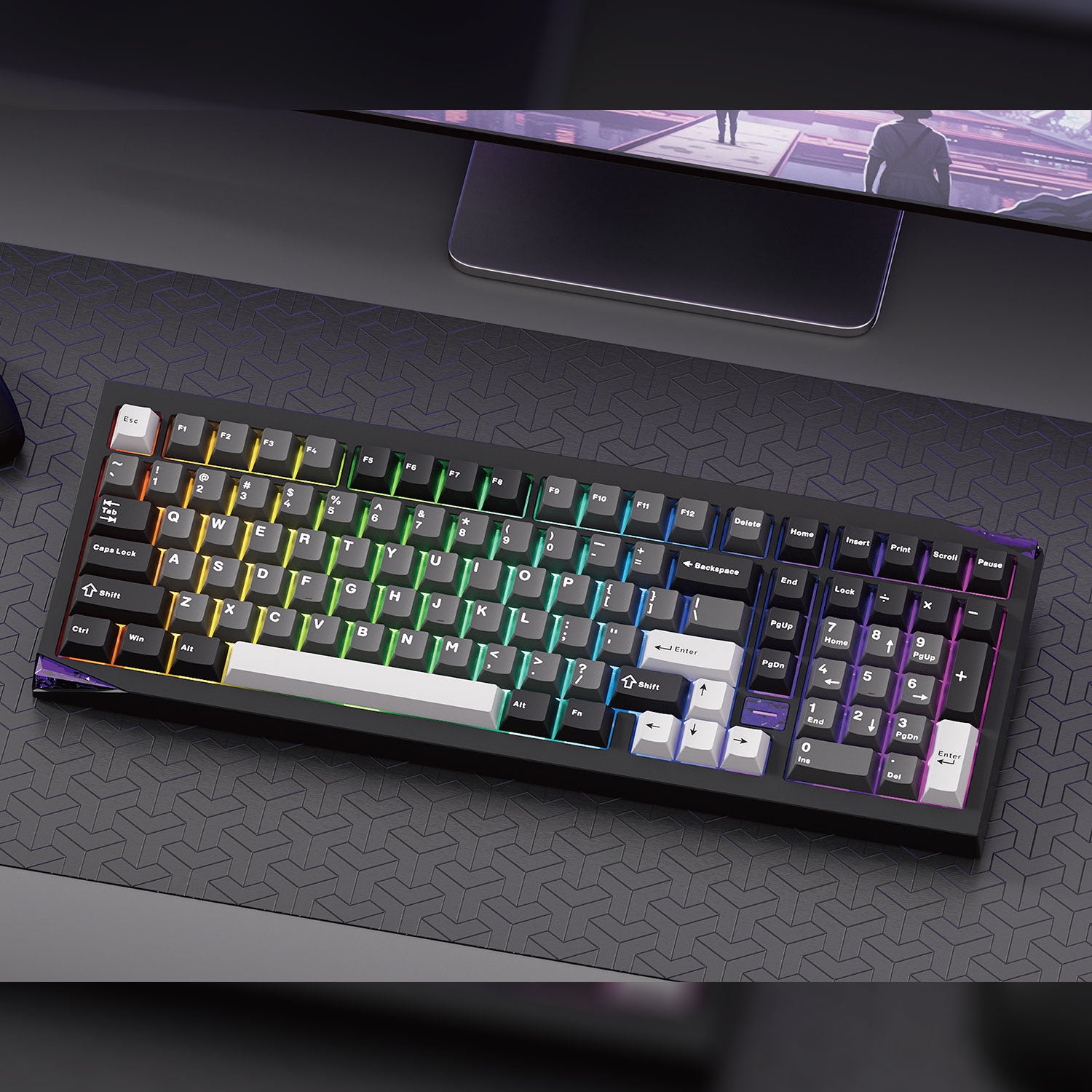
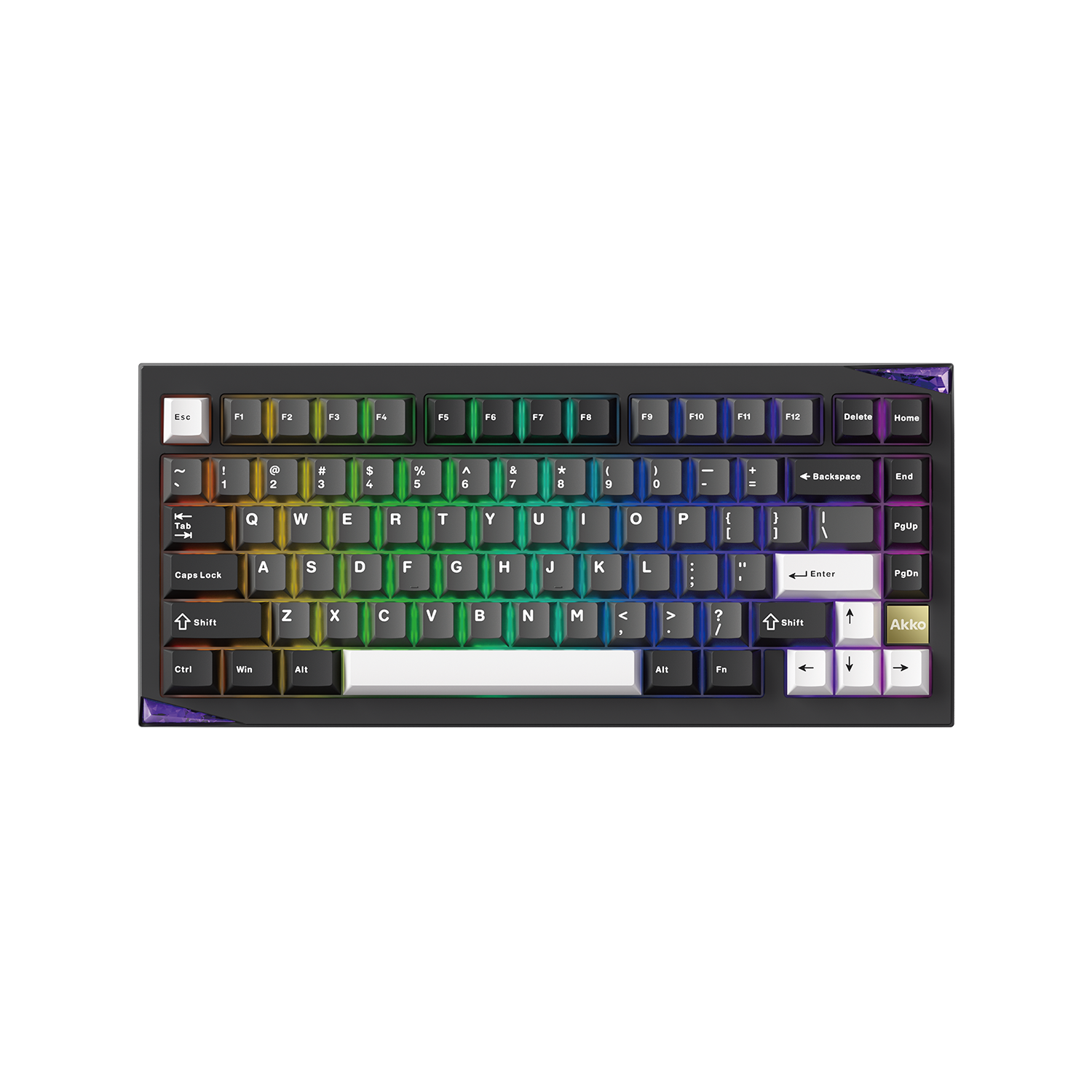
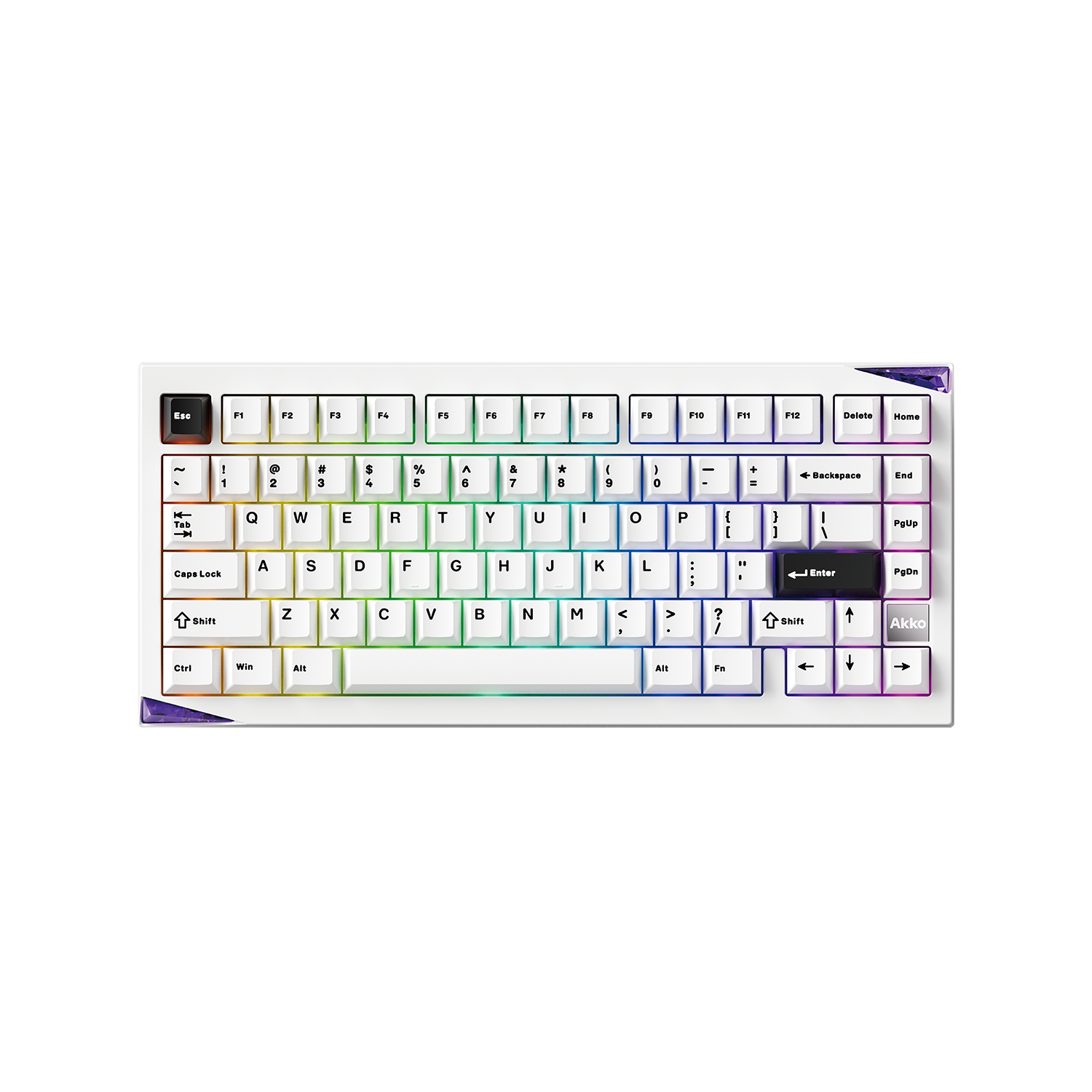

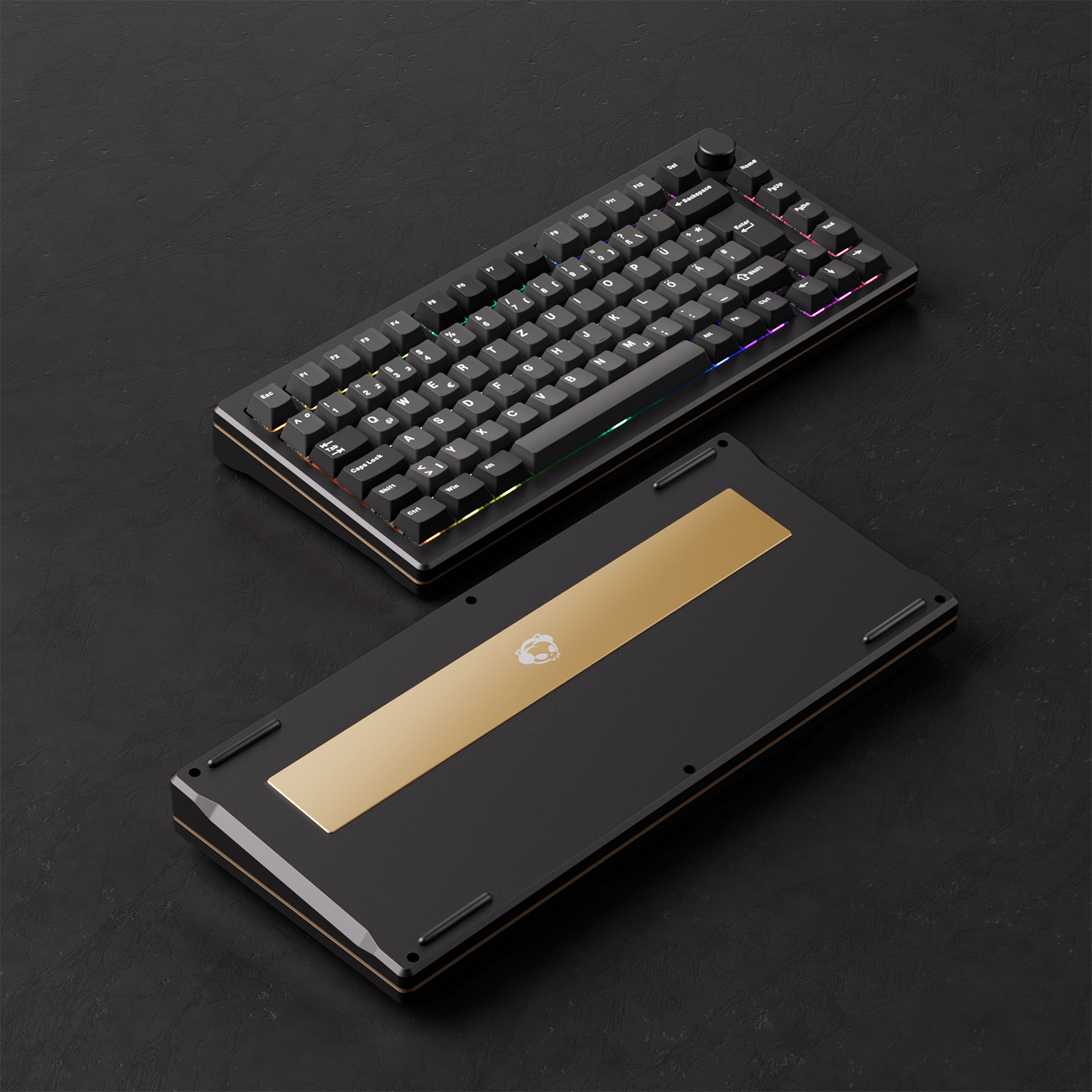
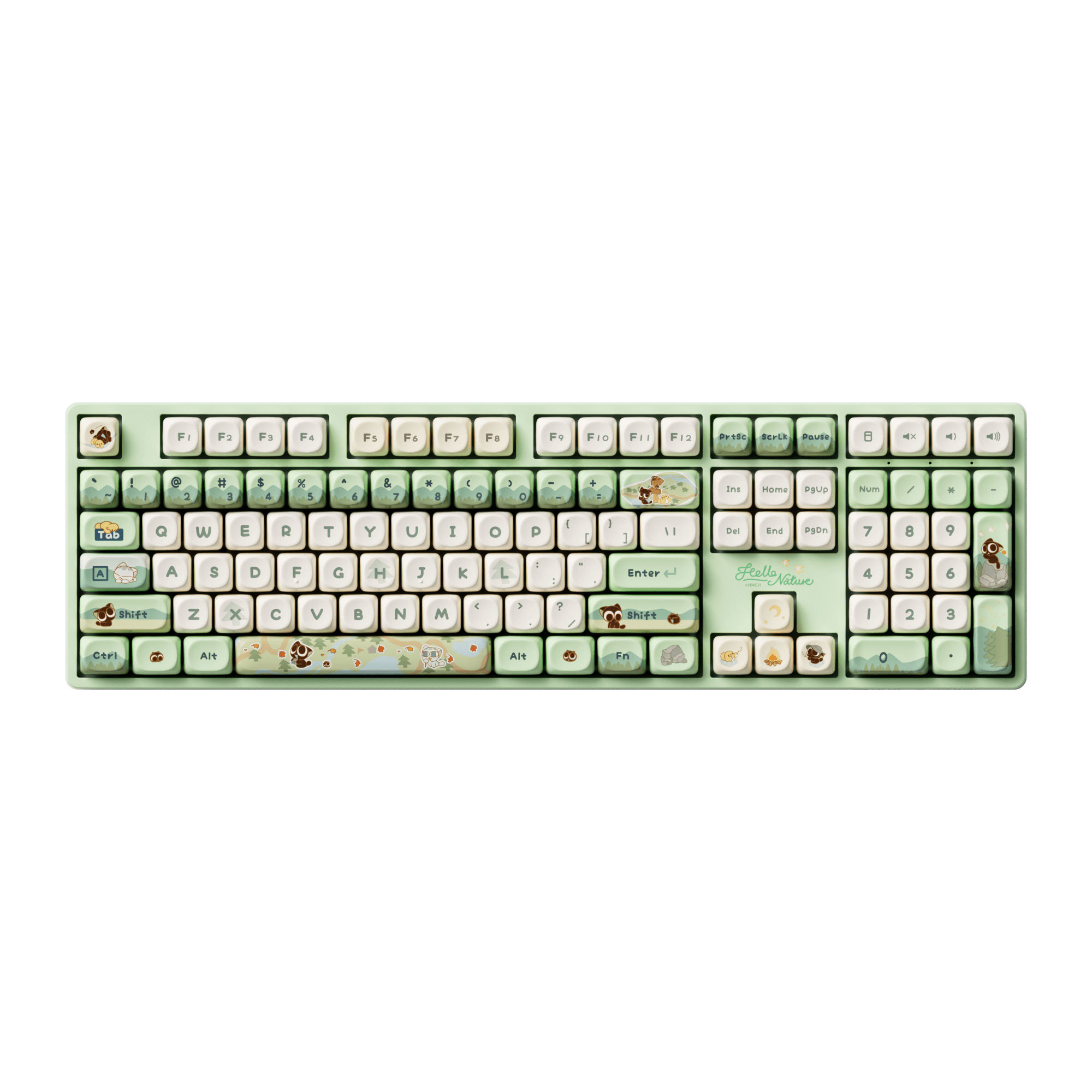
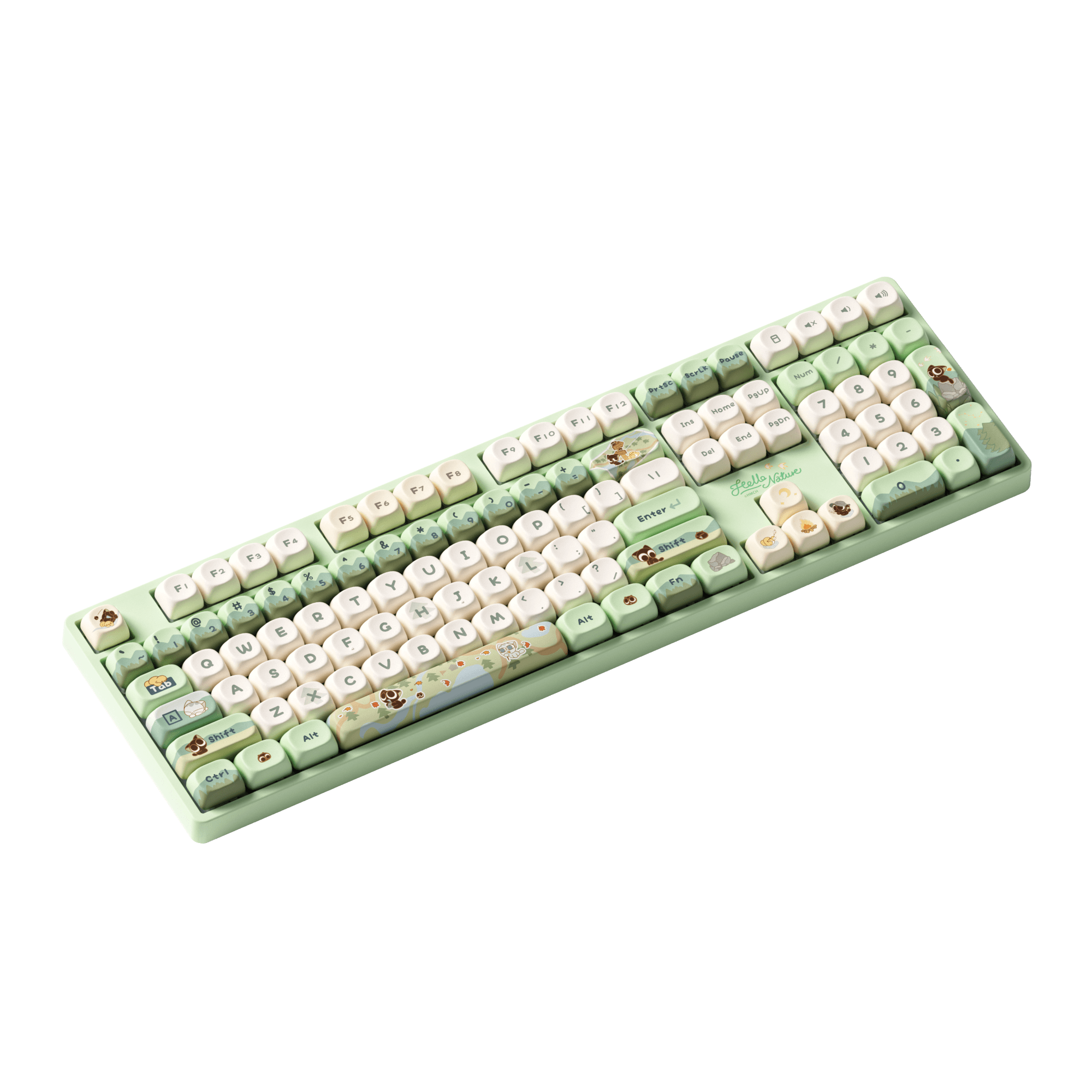
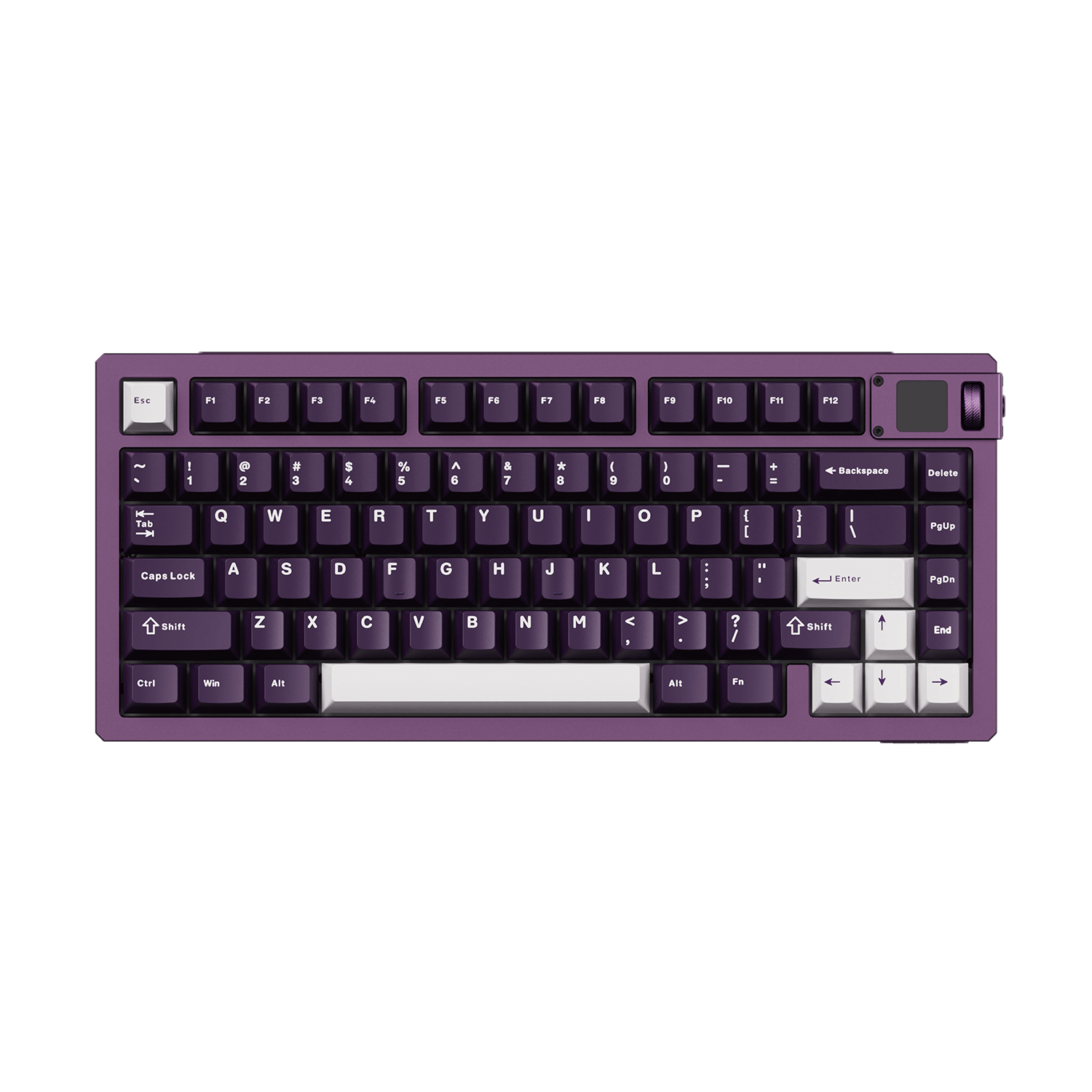

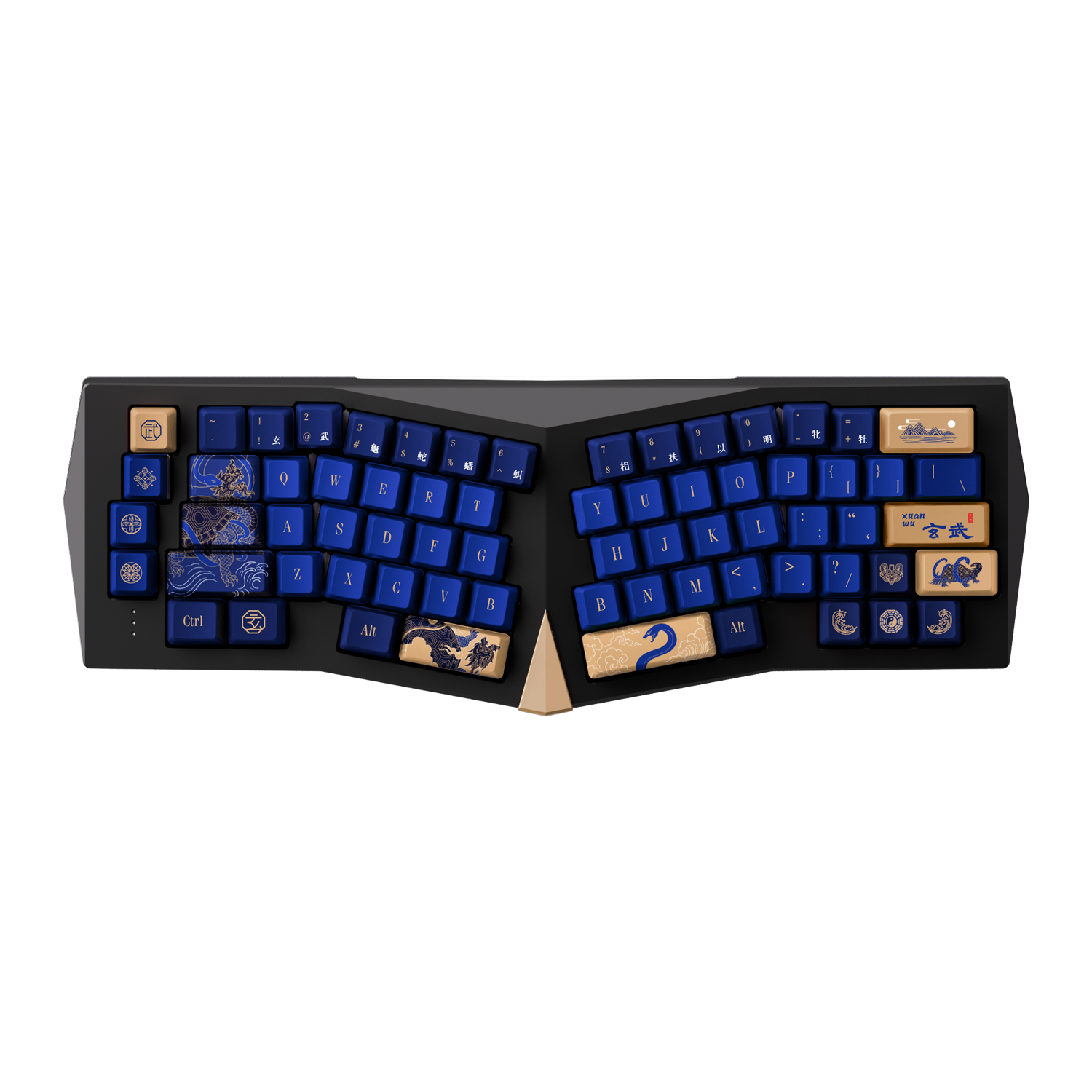
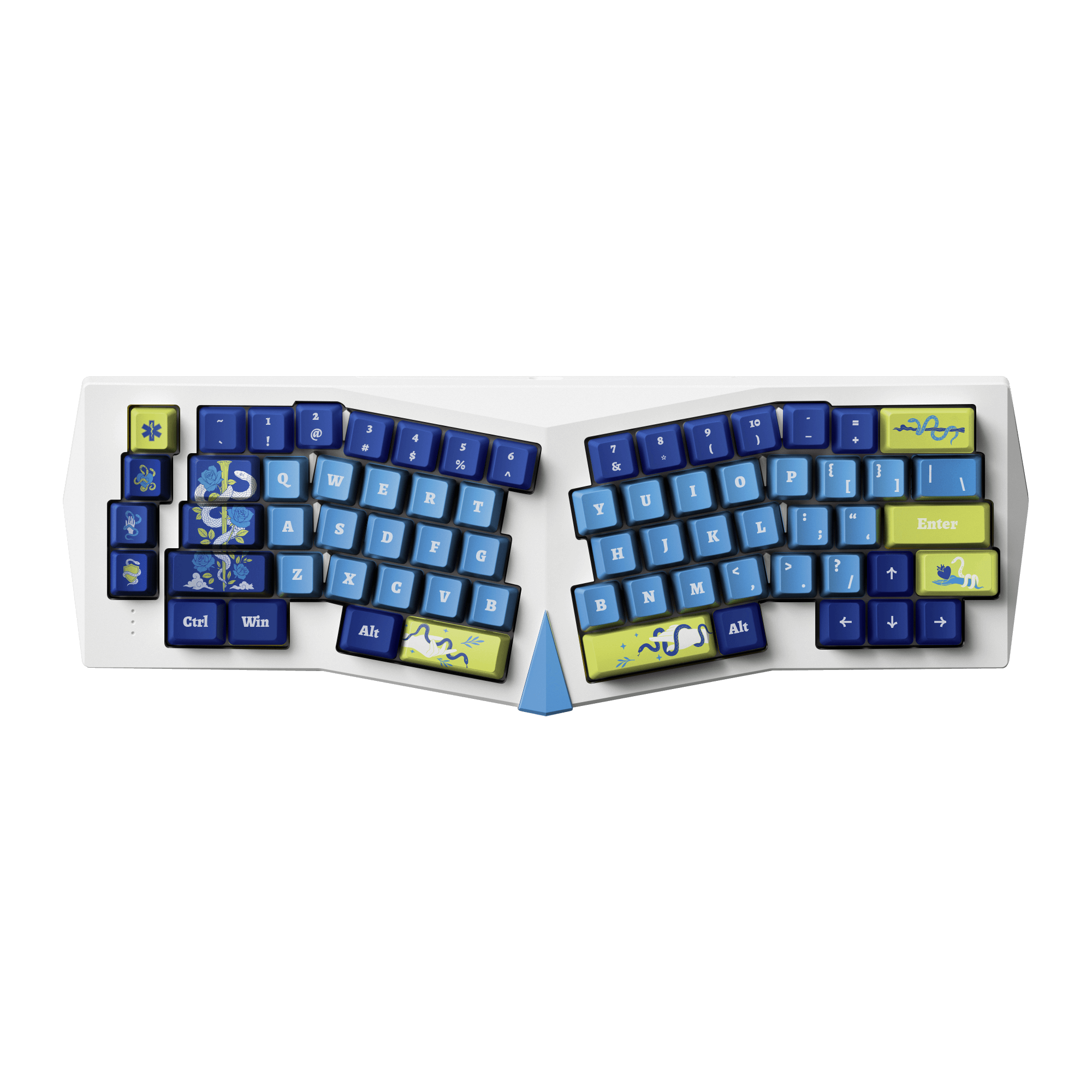
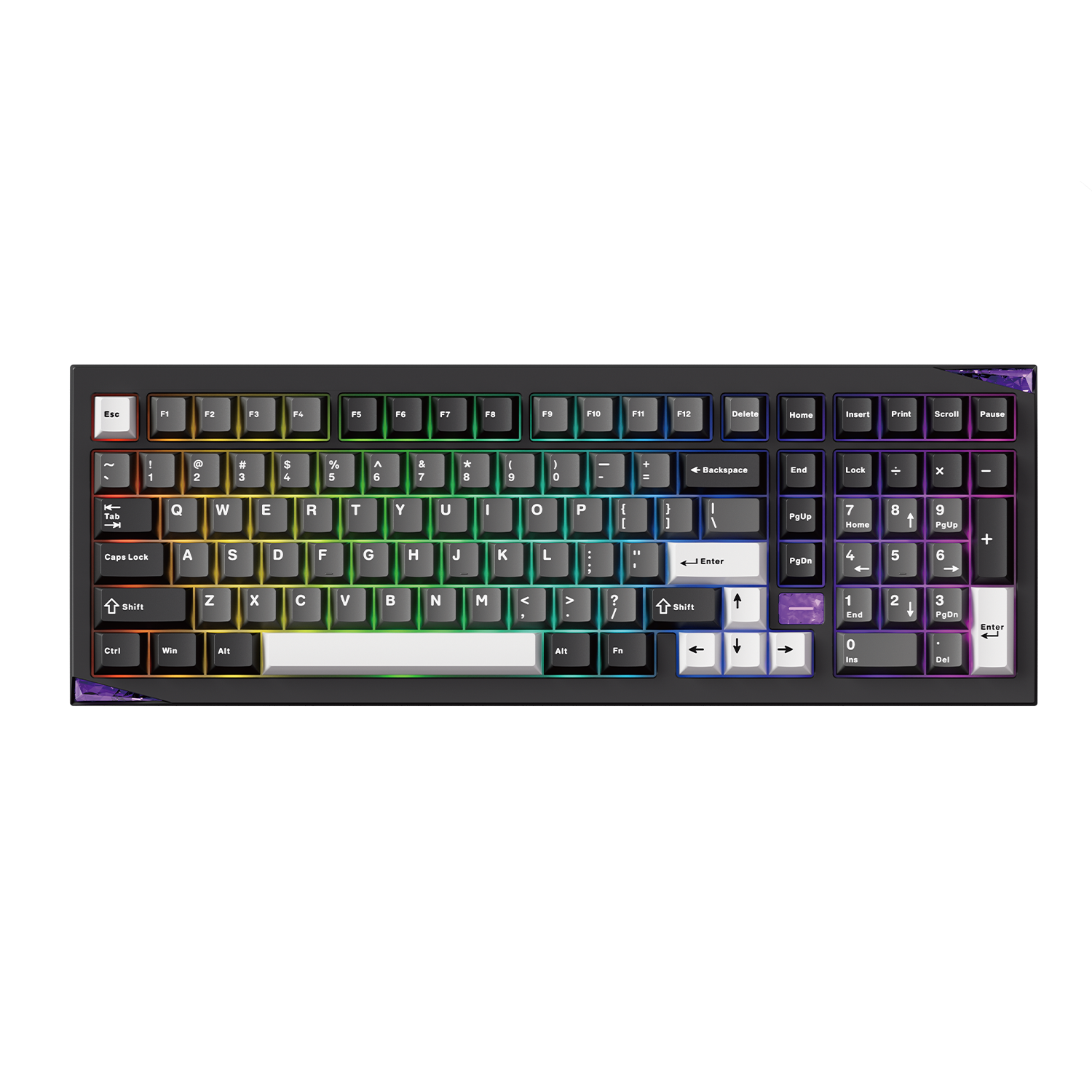
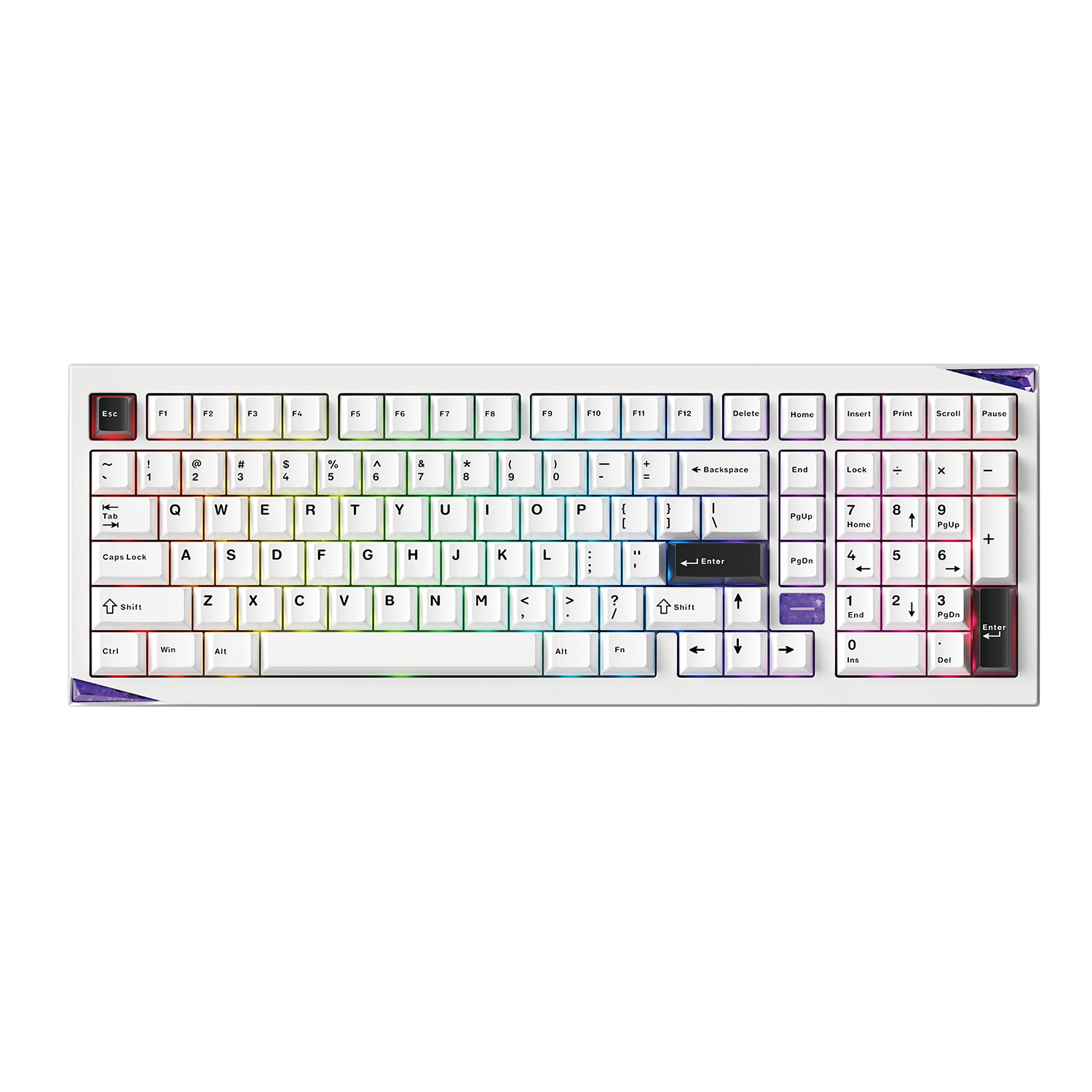
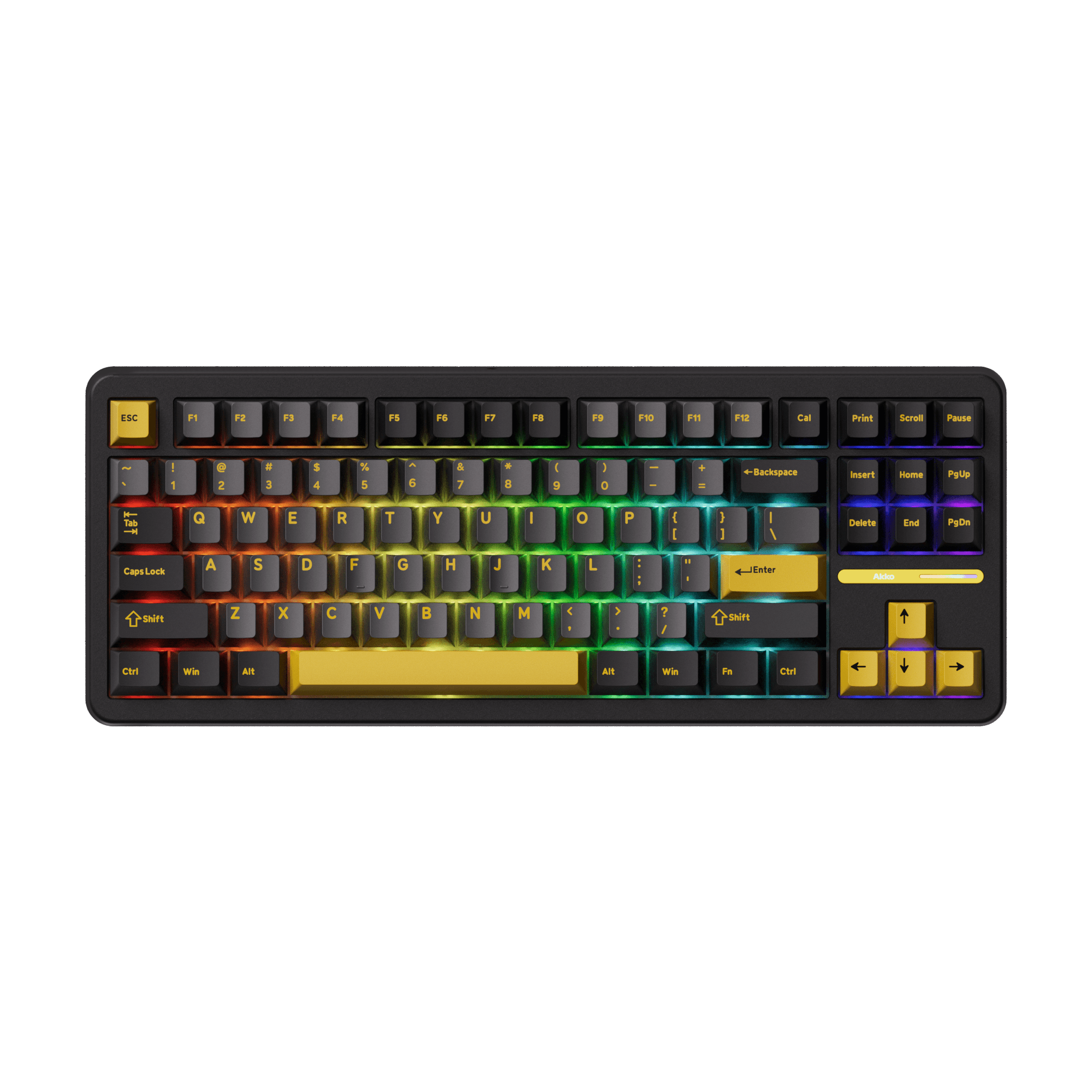
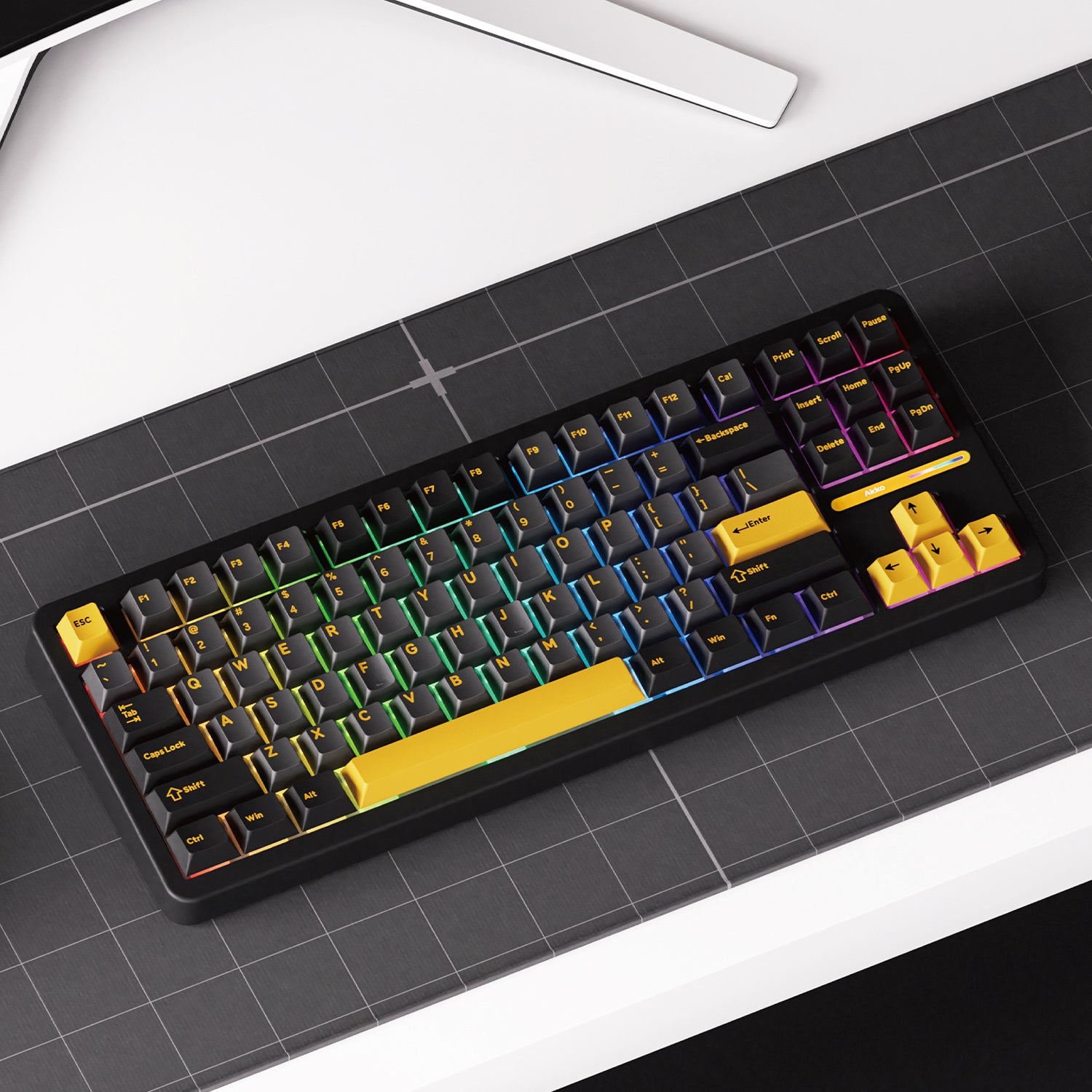
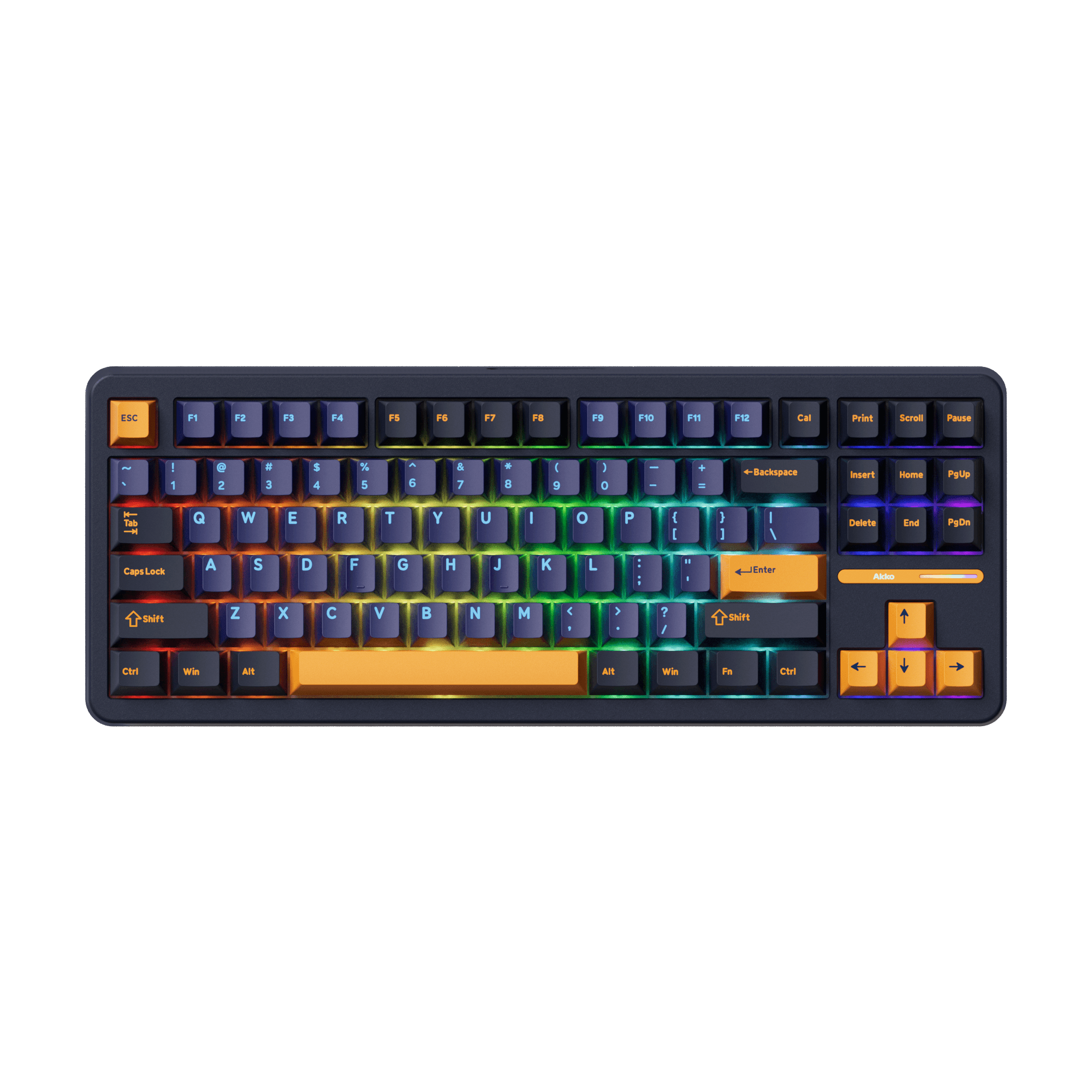
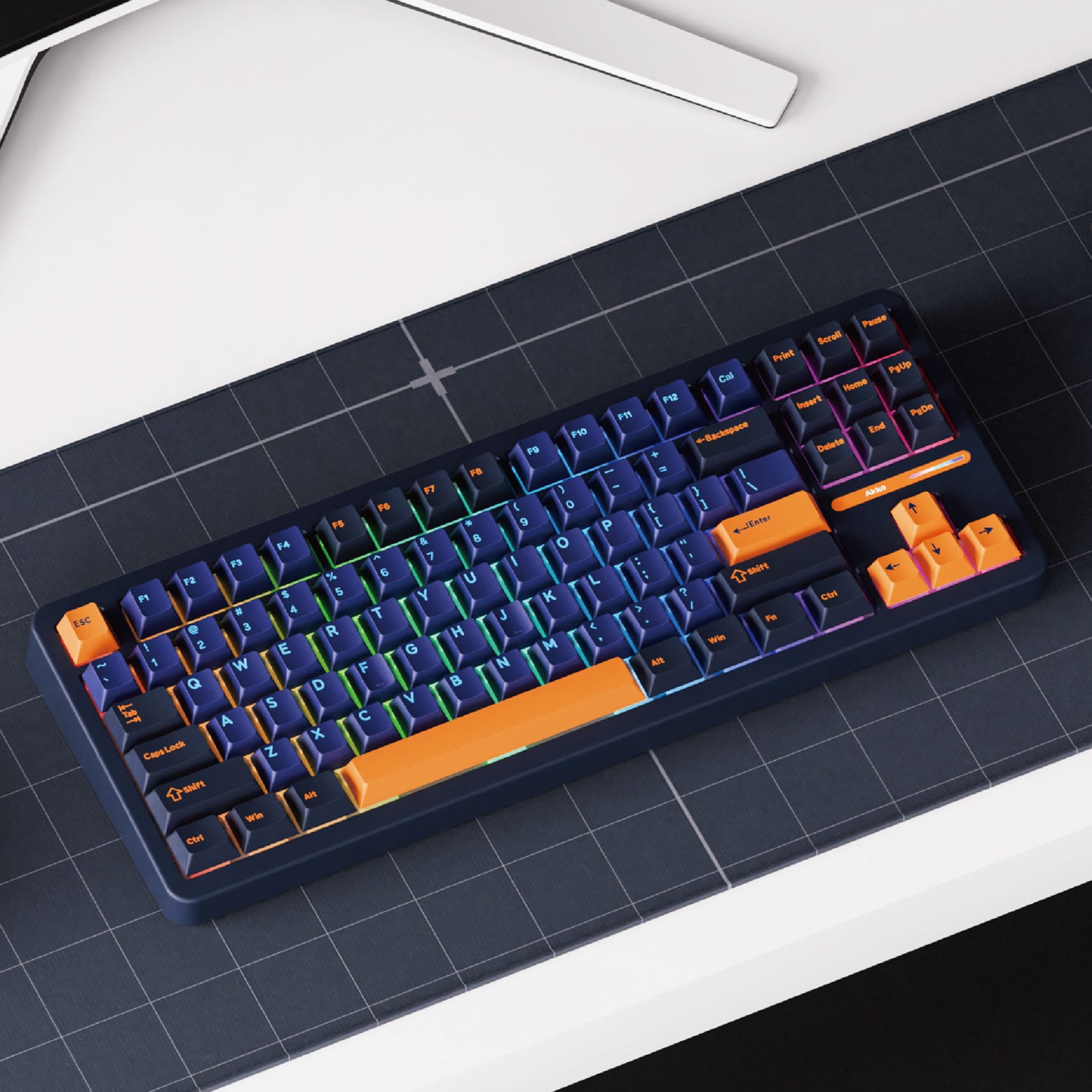
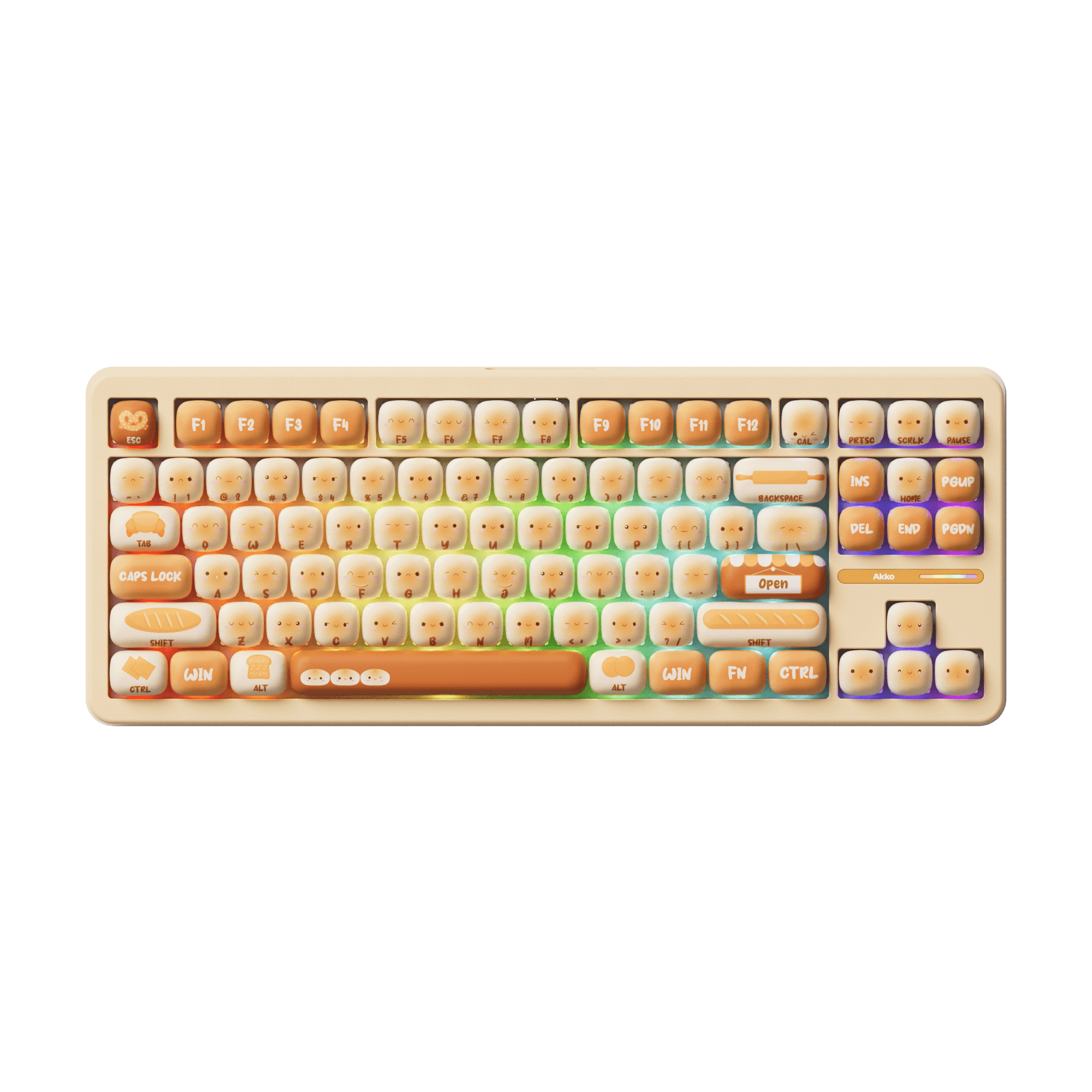
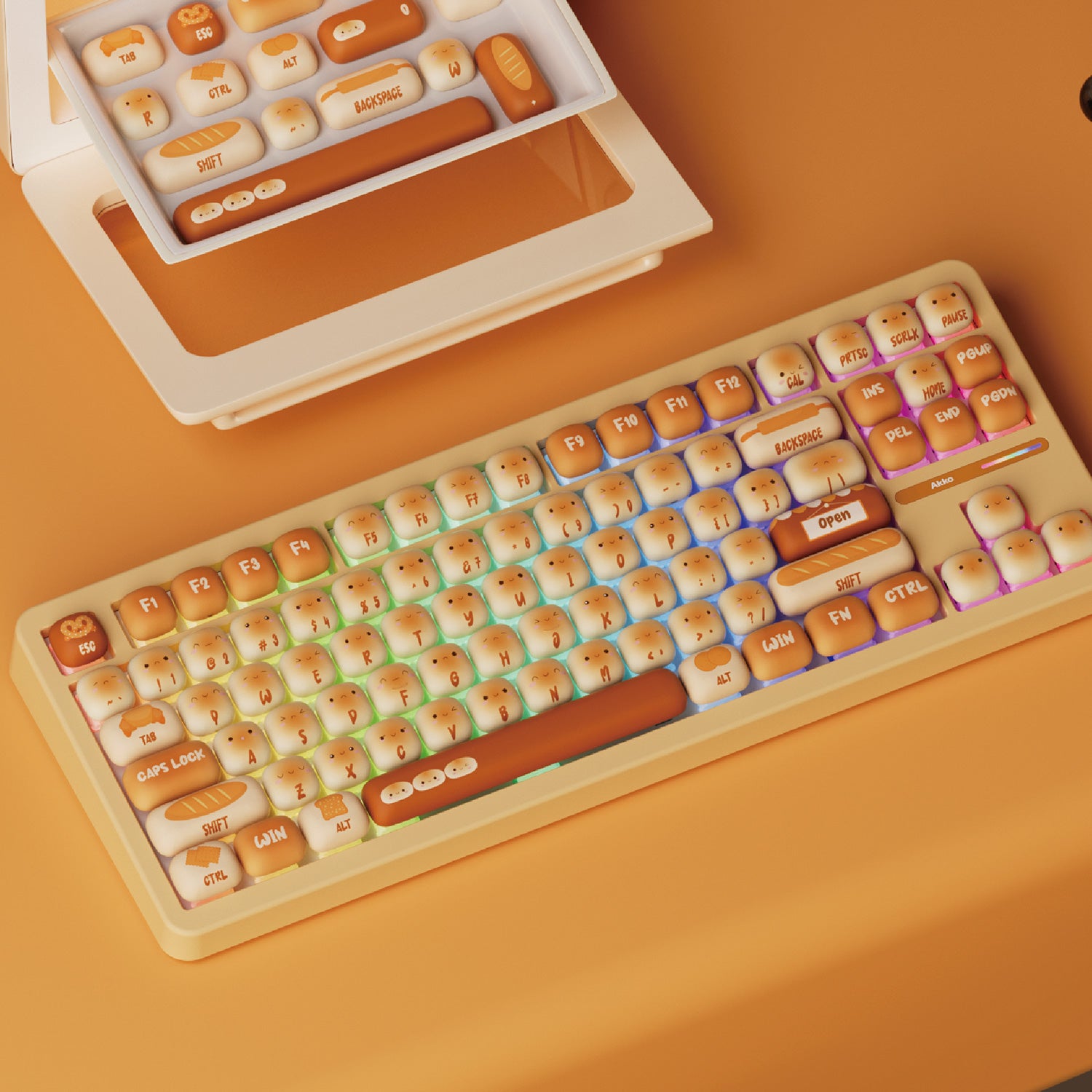
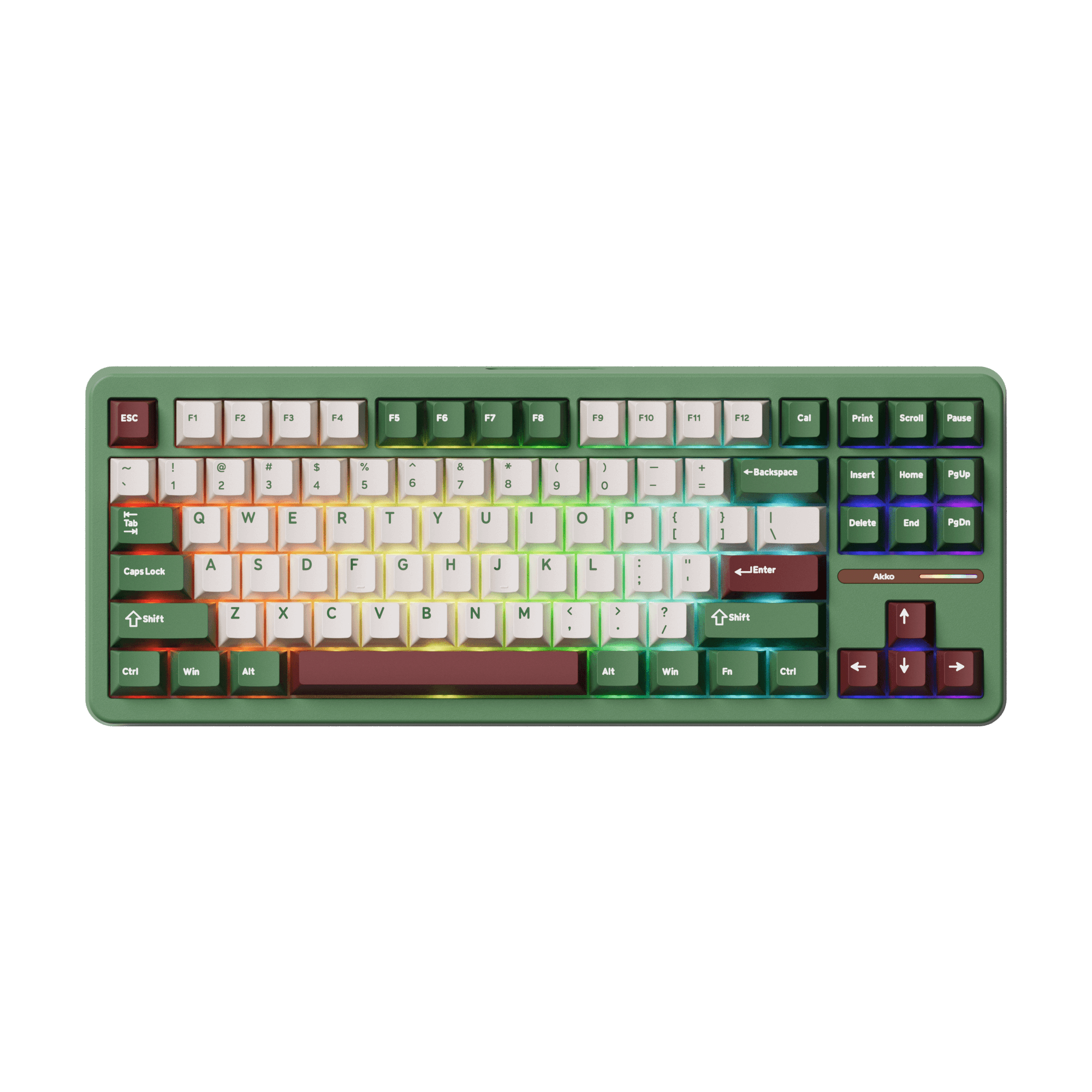
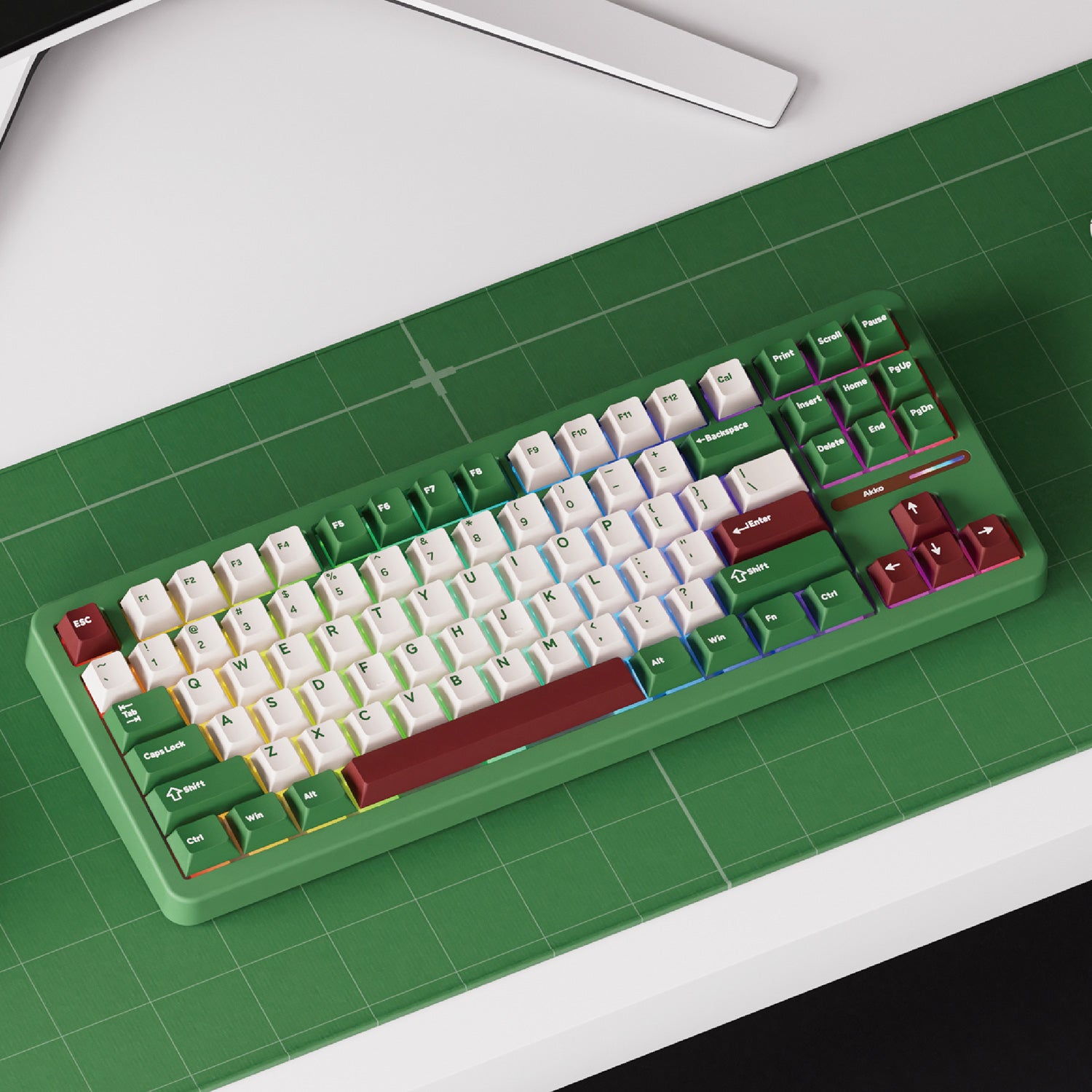
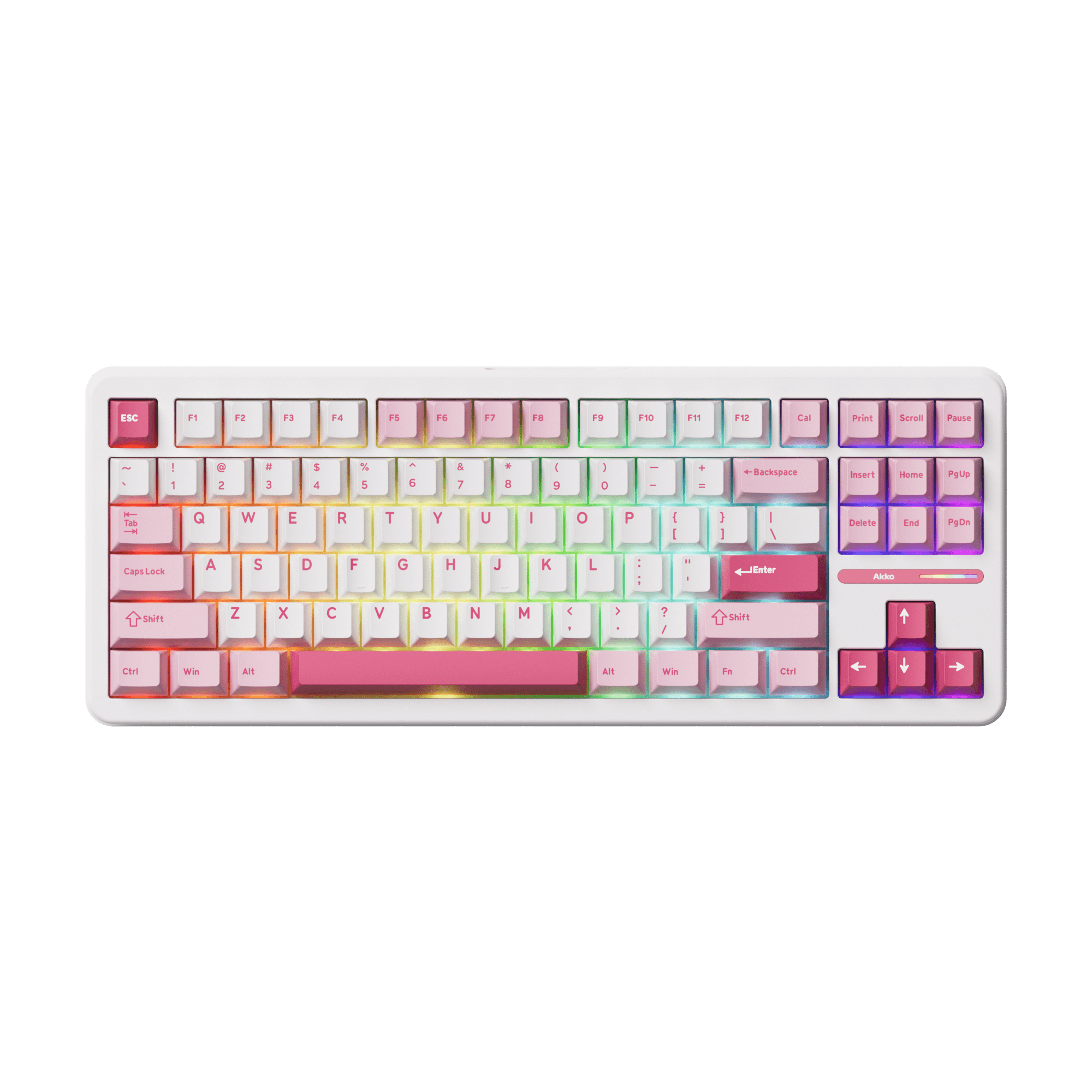
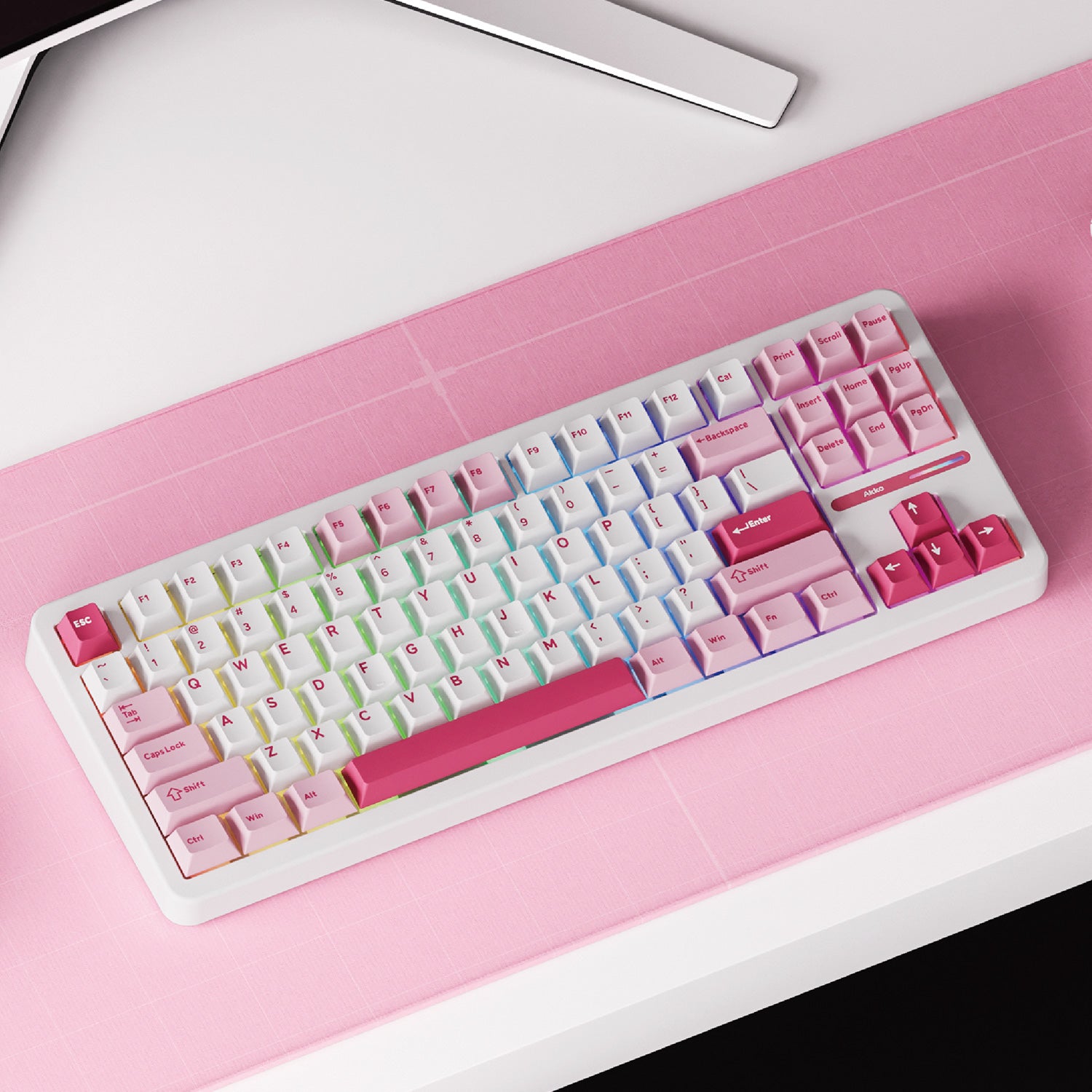
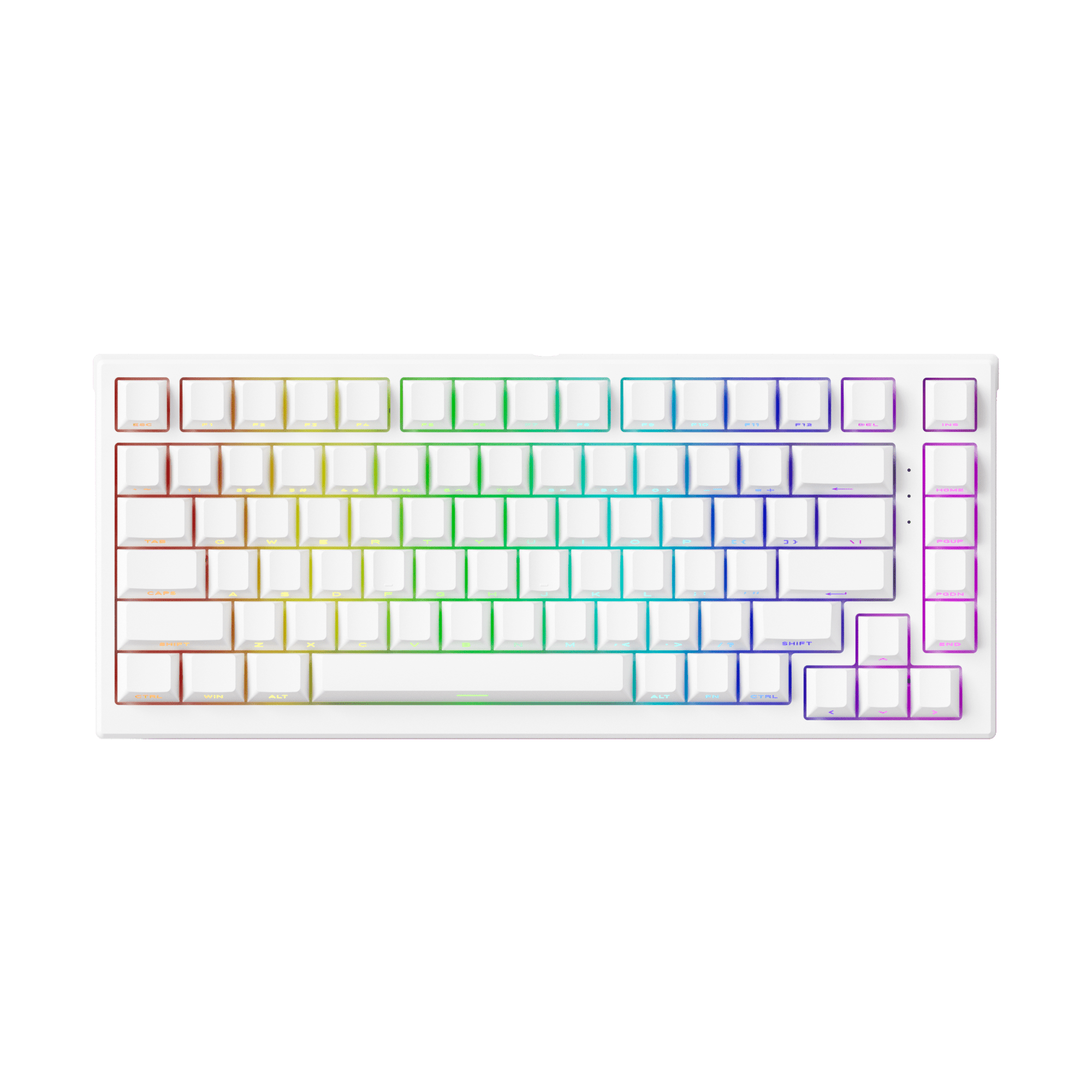
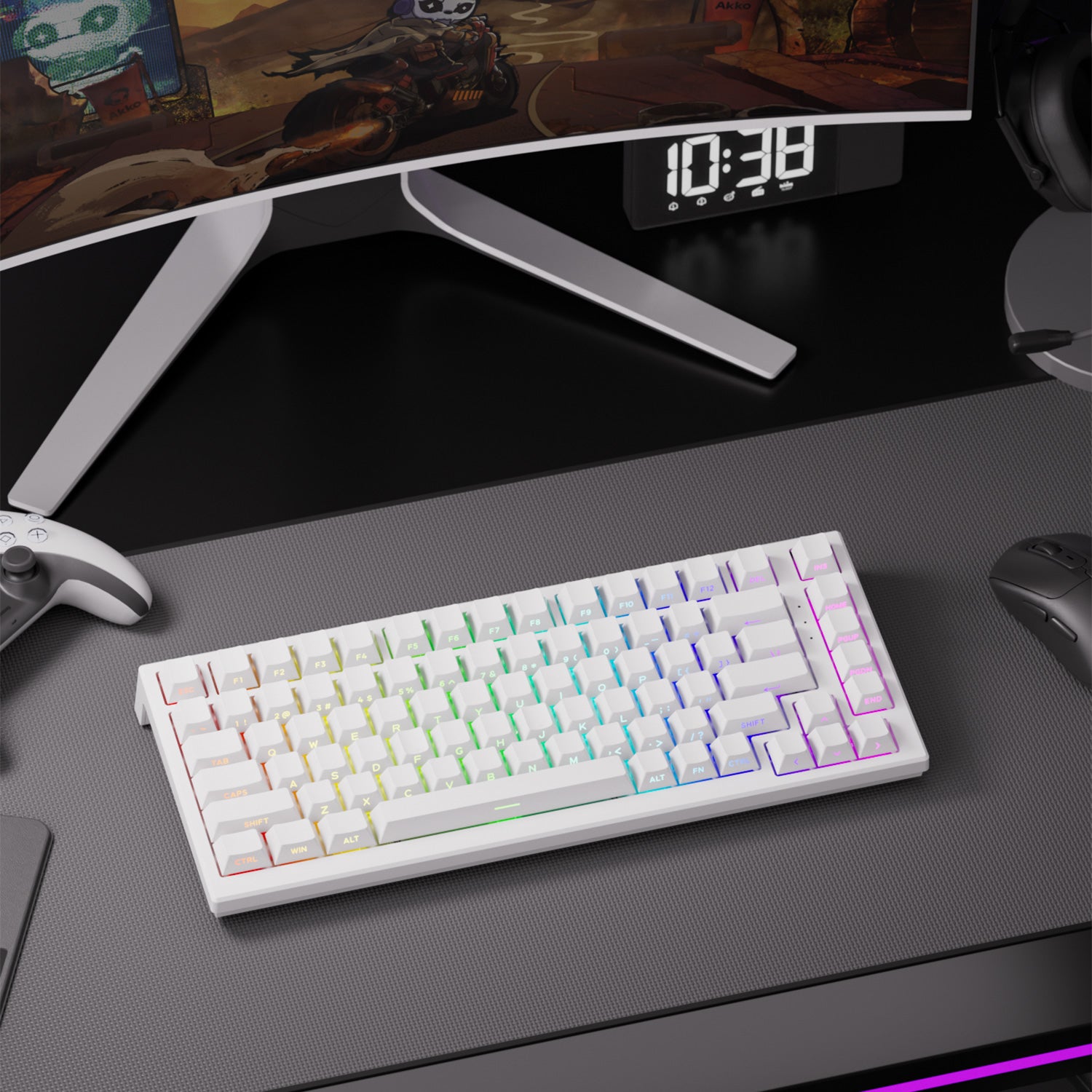
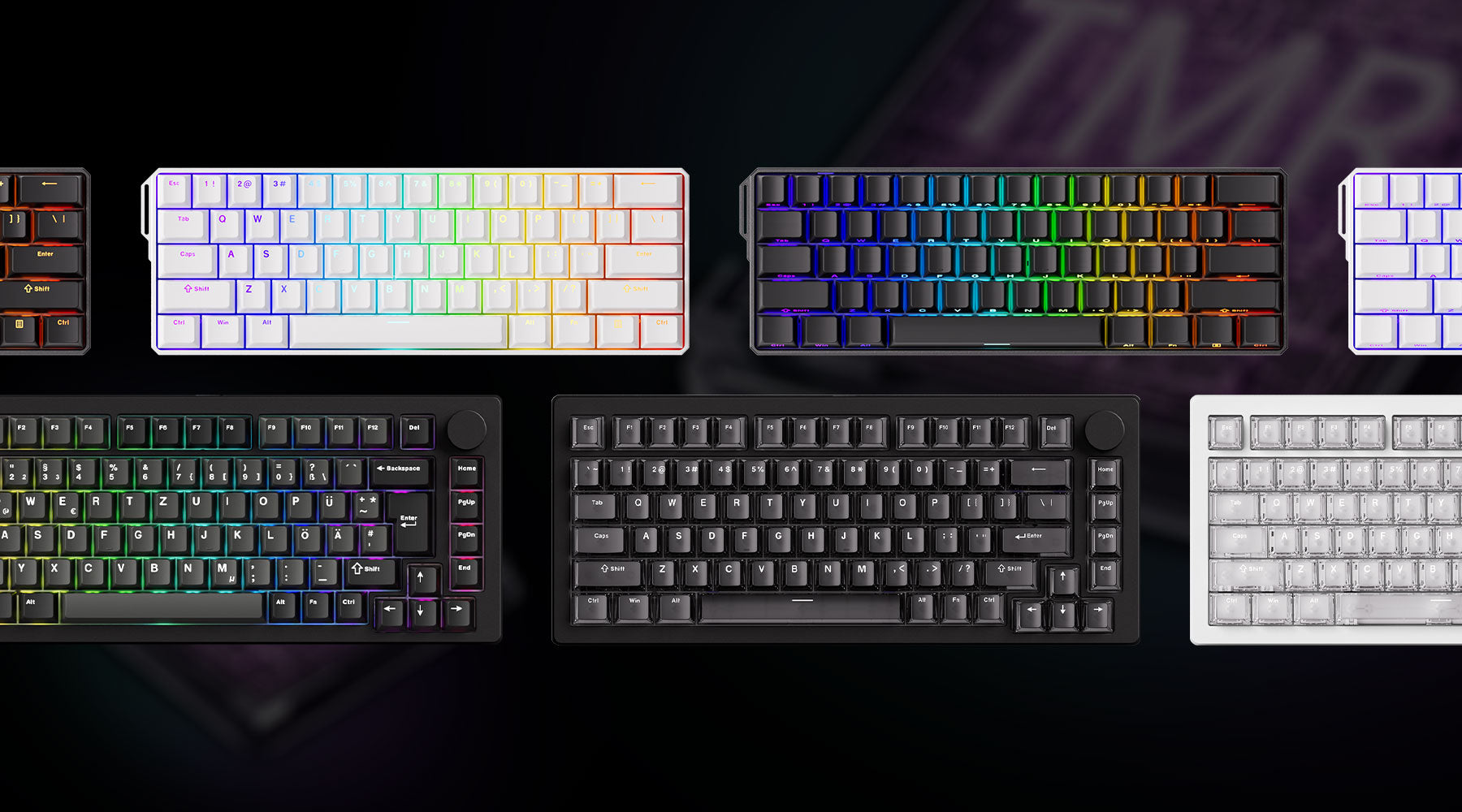
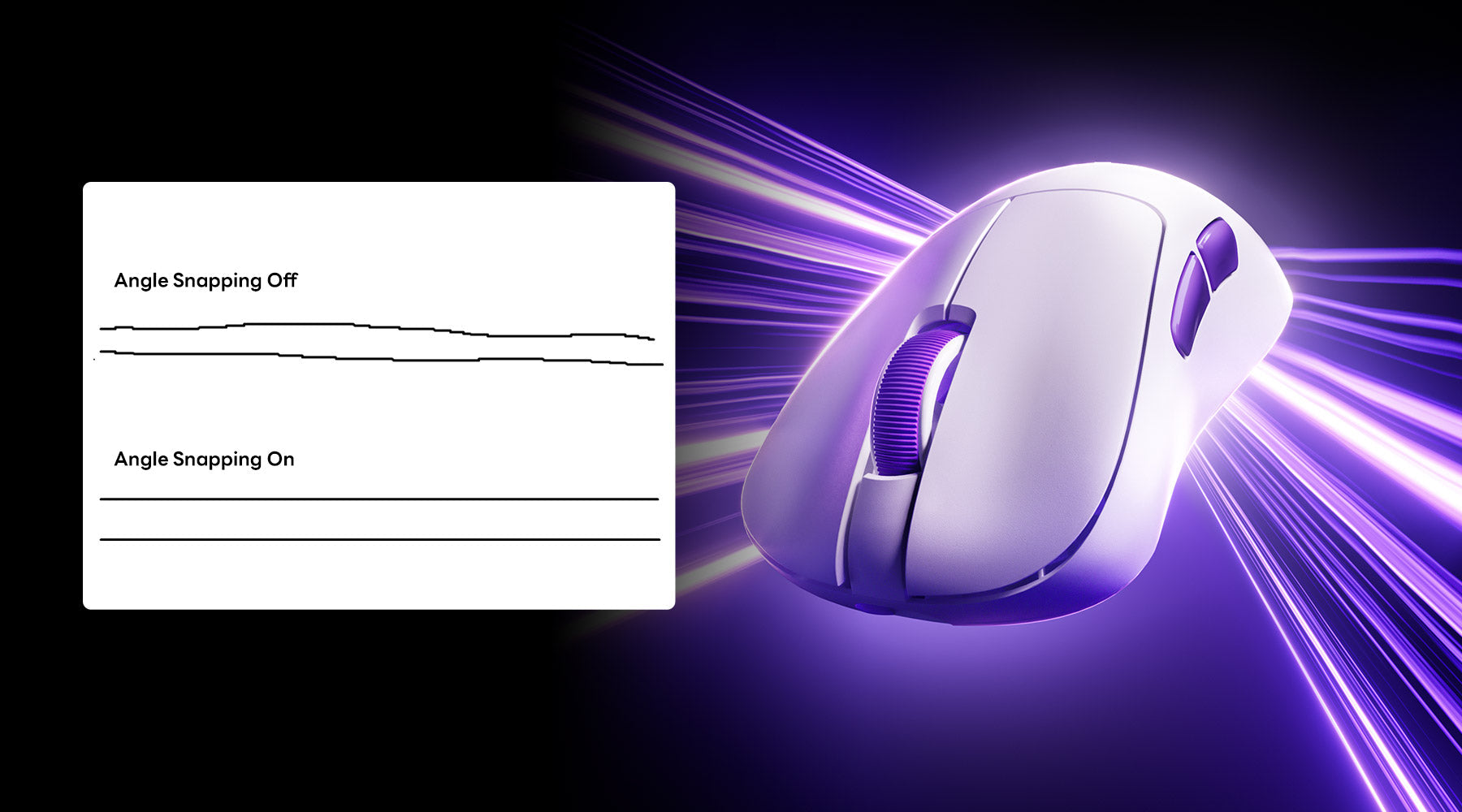
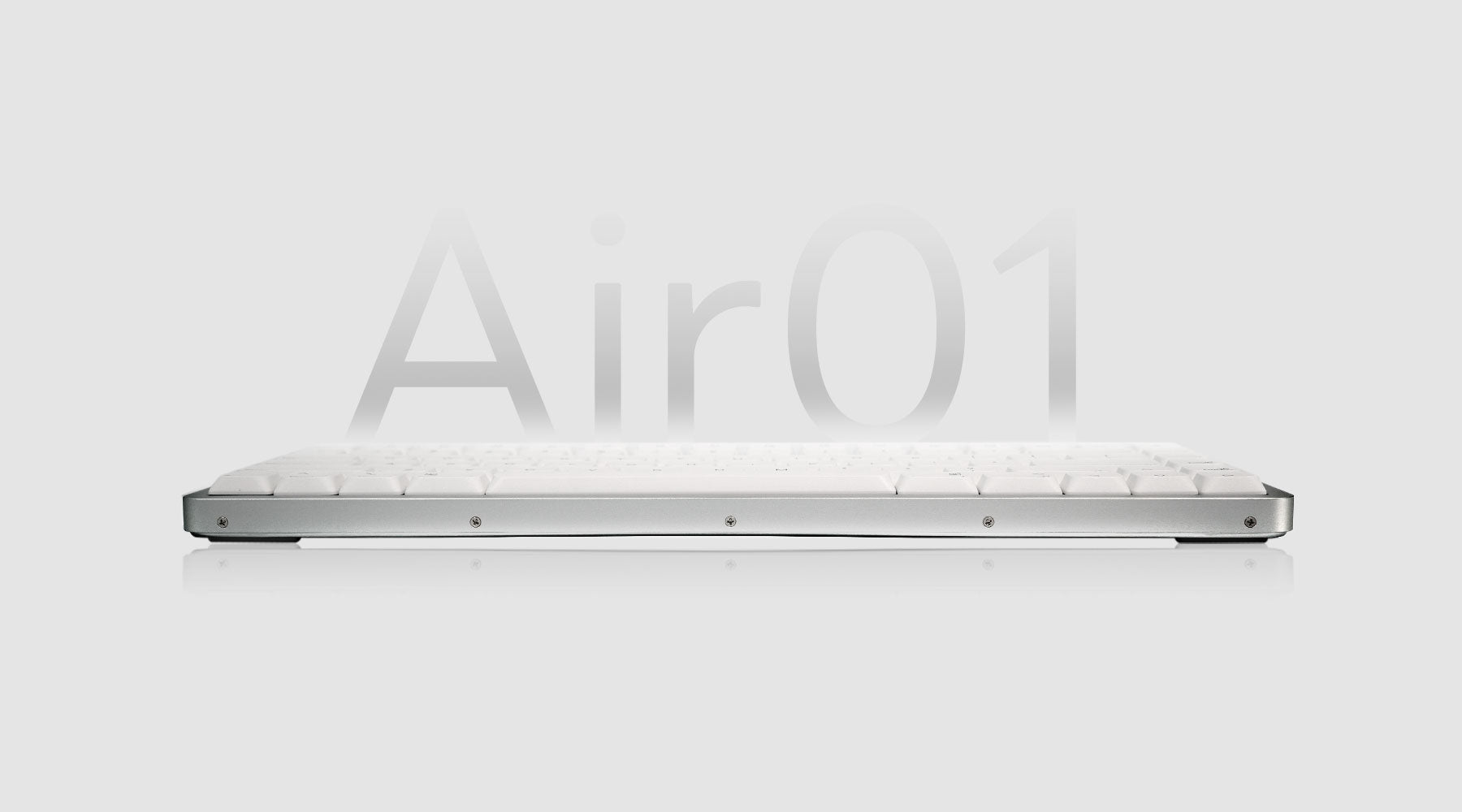
Laisser un commentaire
Tous les commentaires sont modérés avant d'être publiés.
Ce site est protégé par hCaptcha, et la Politique de confidentialité et les Conditions de service de hCaptcha s’appliquent.